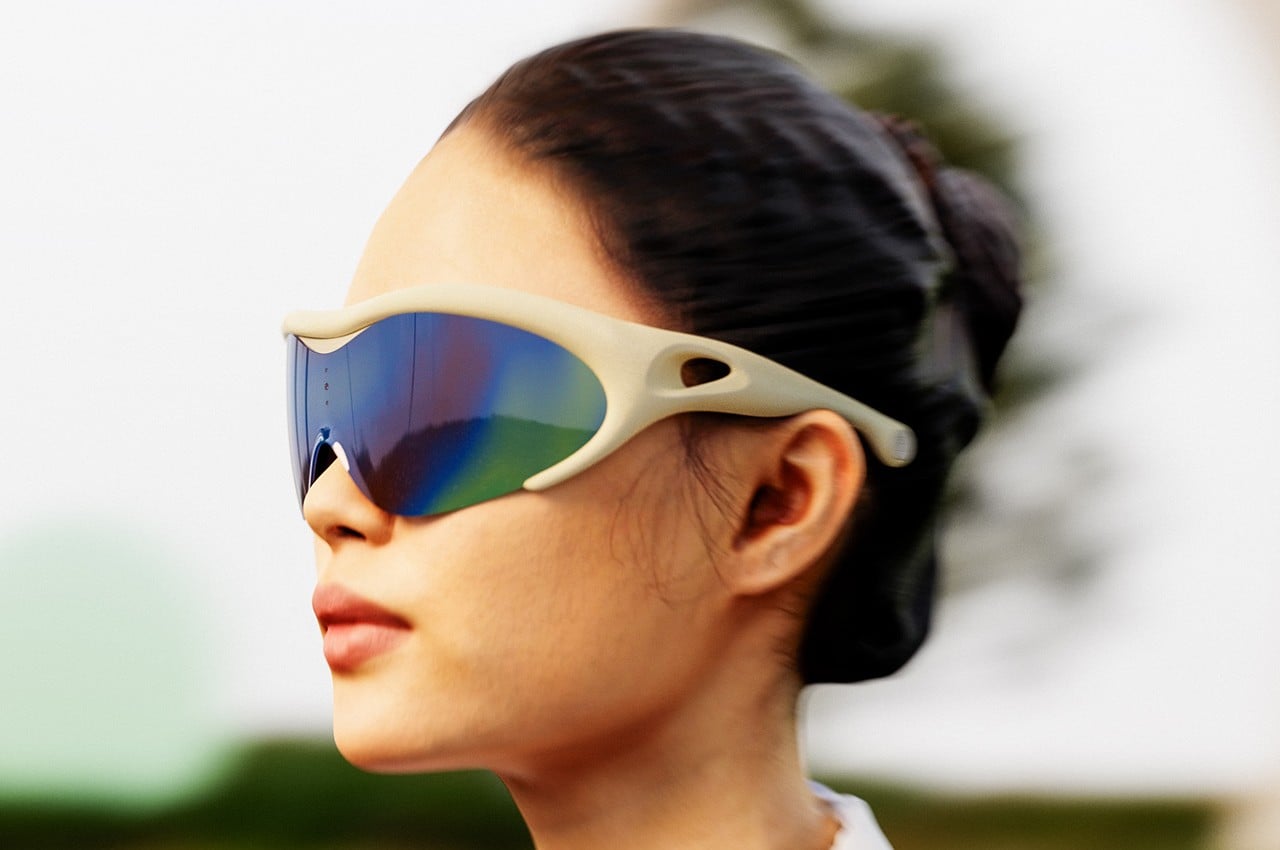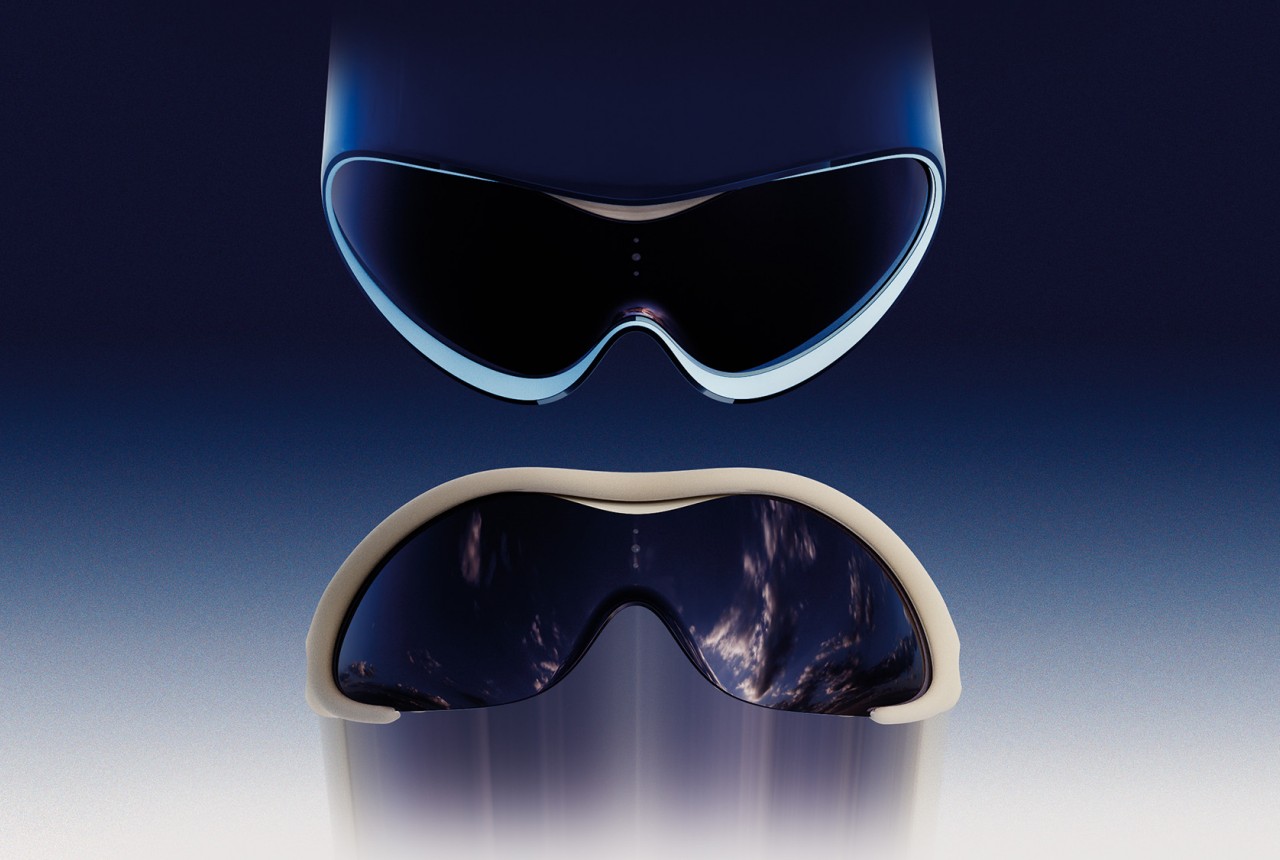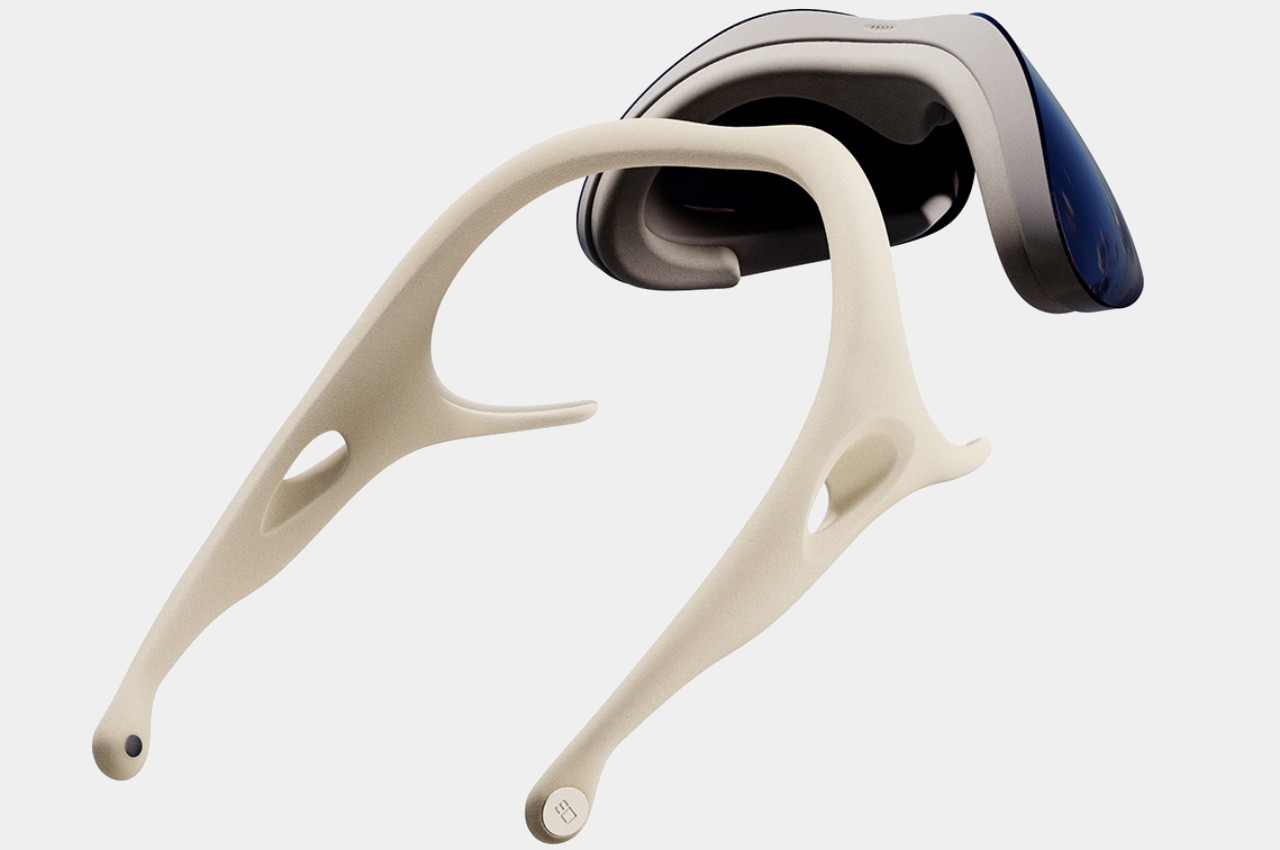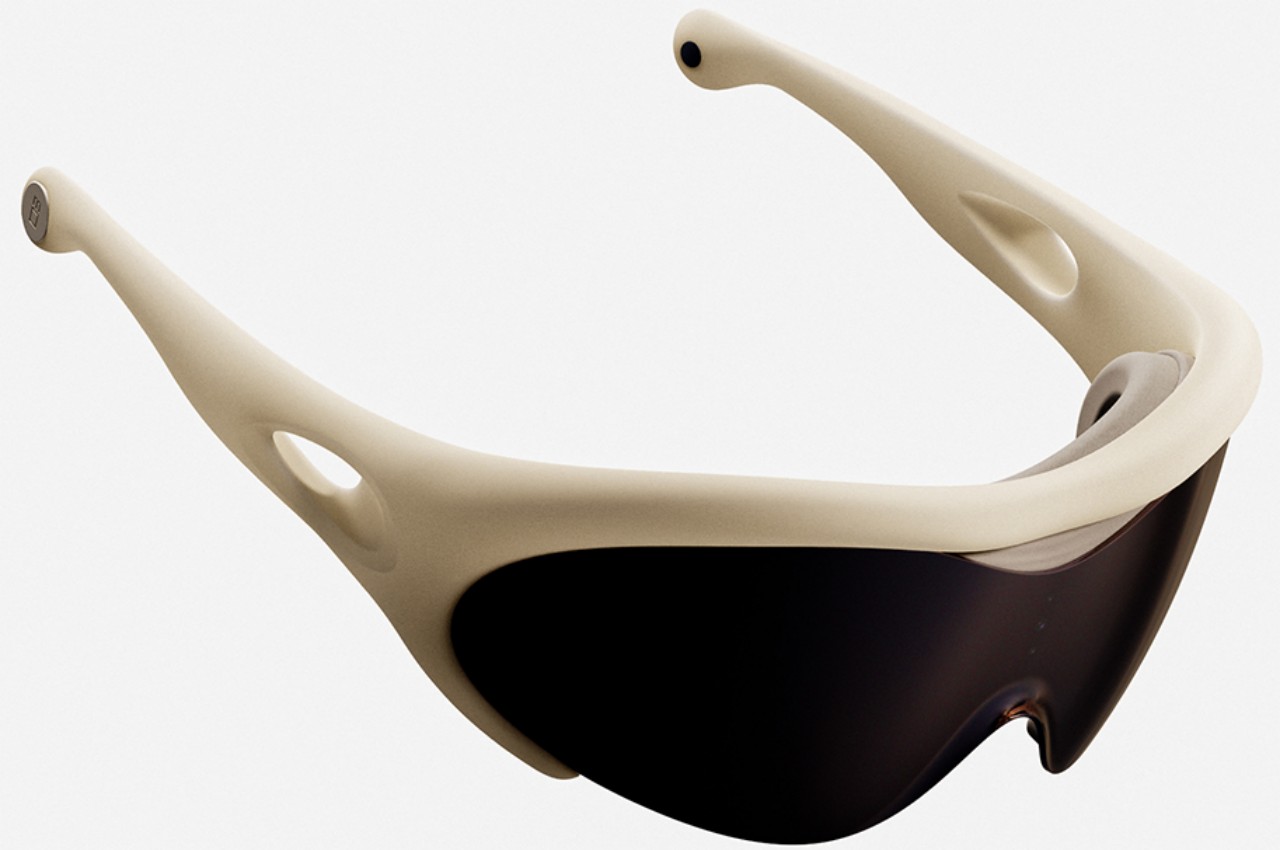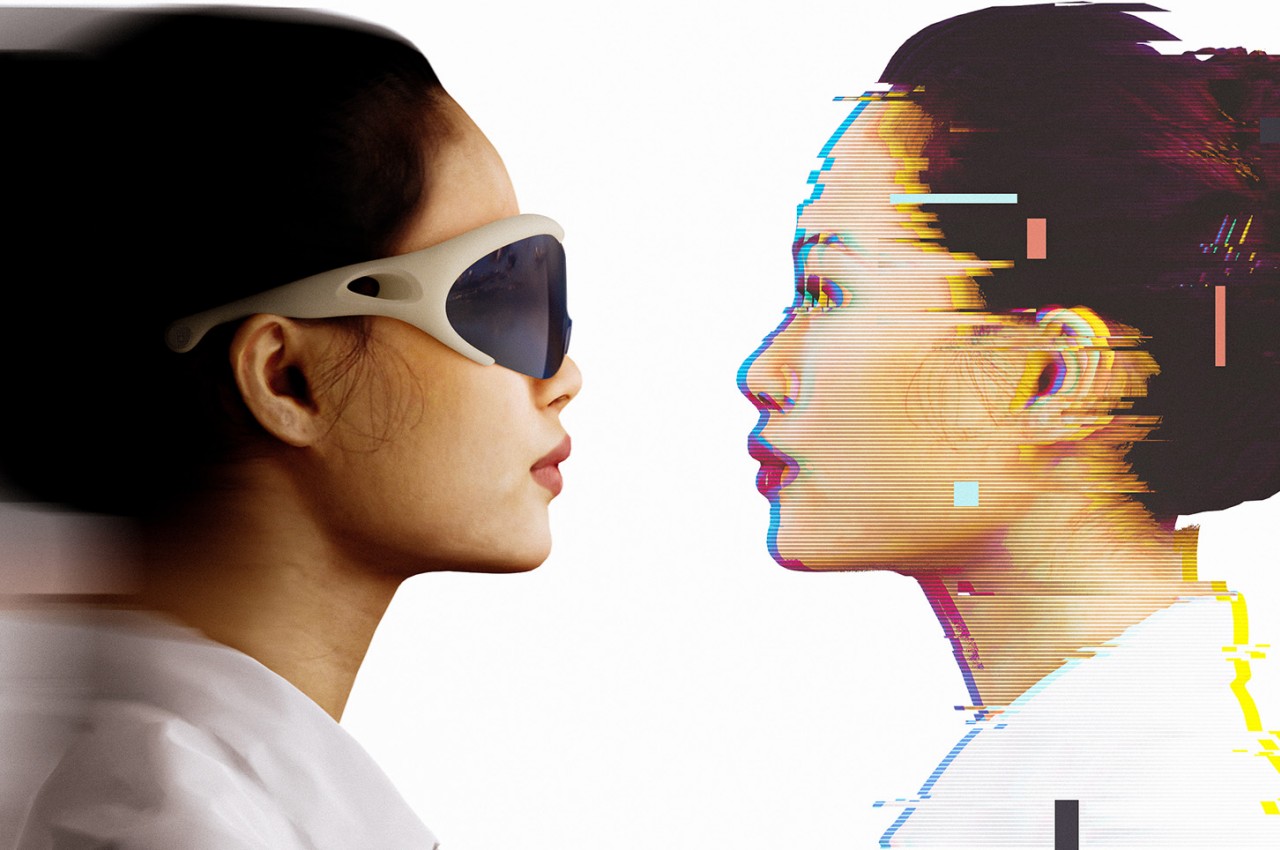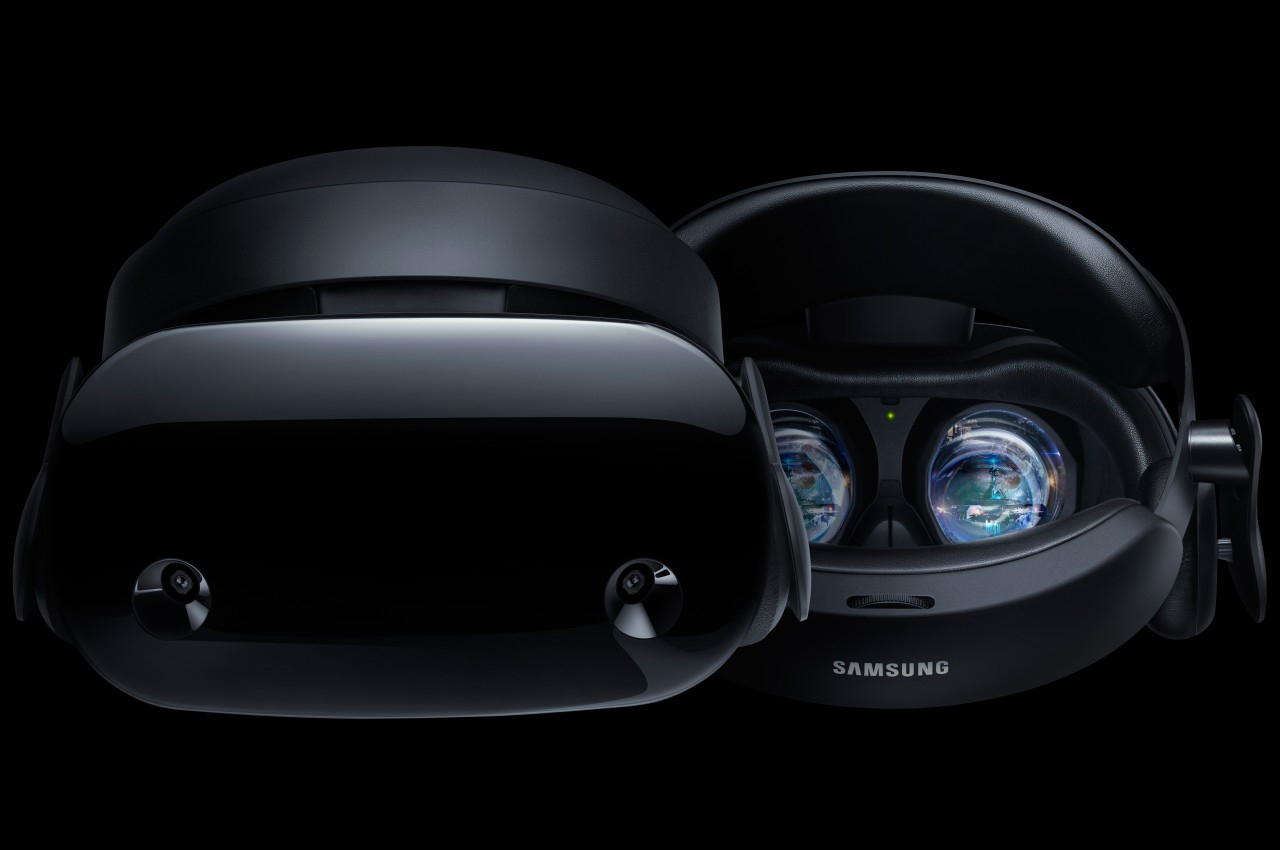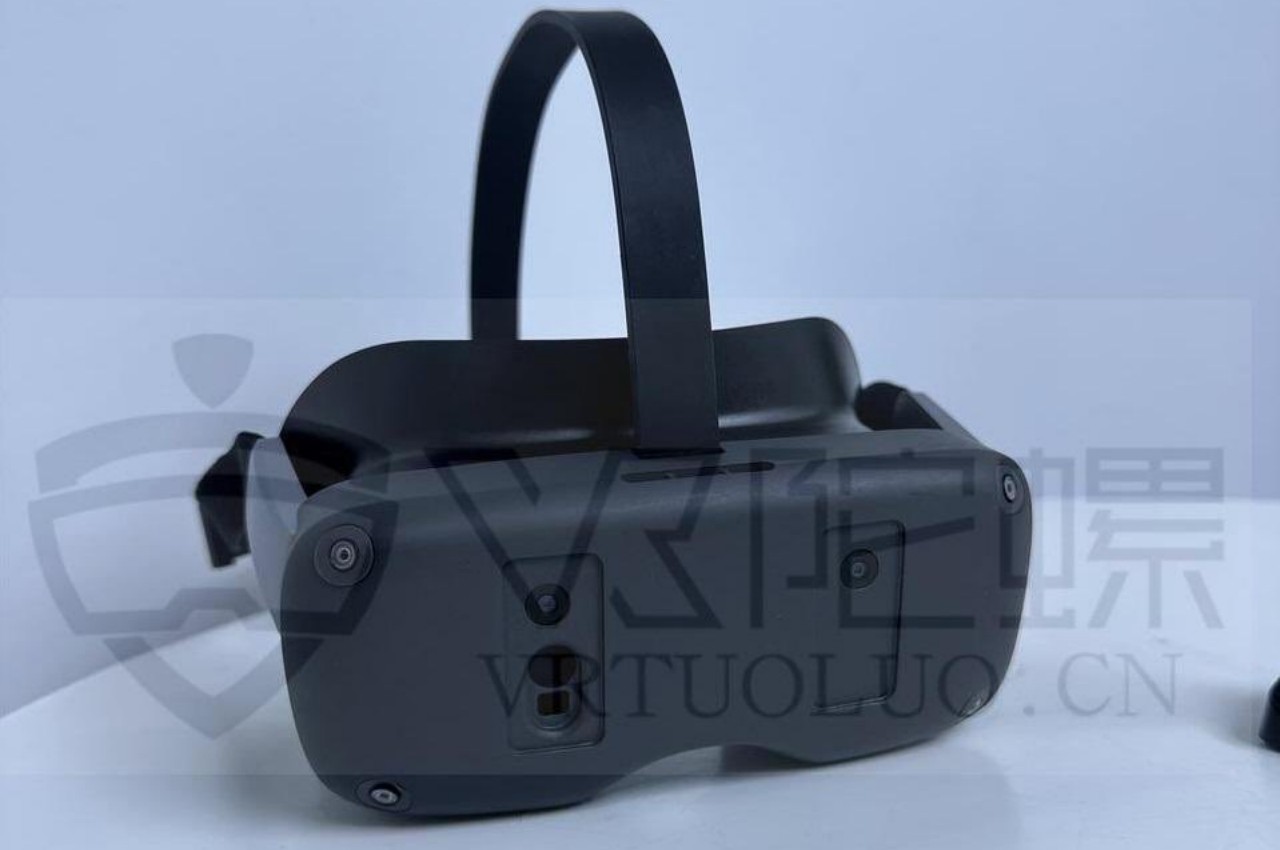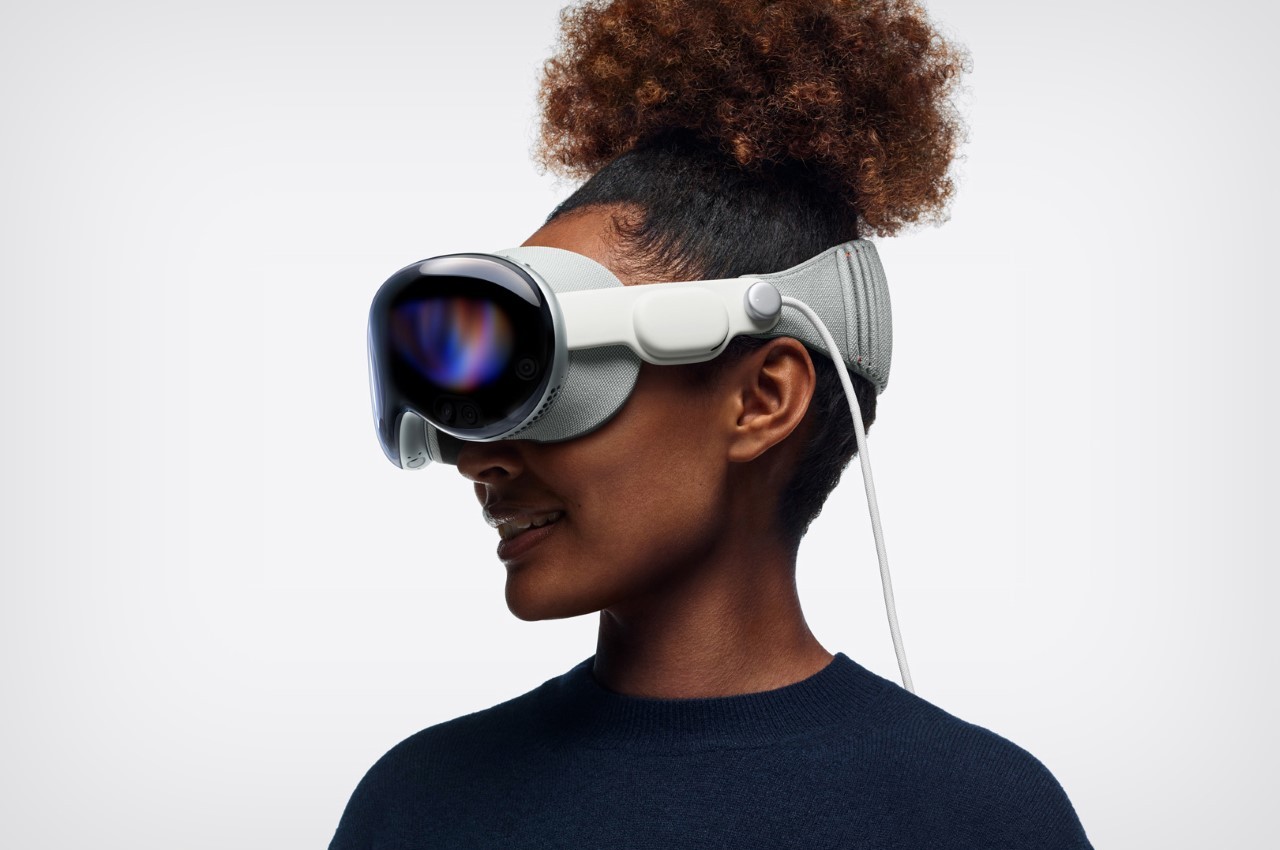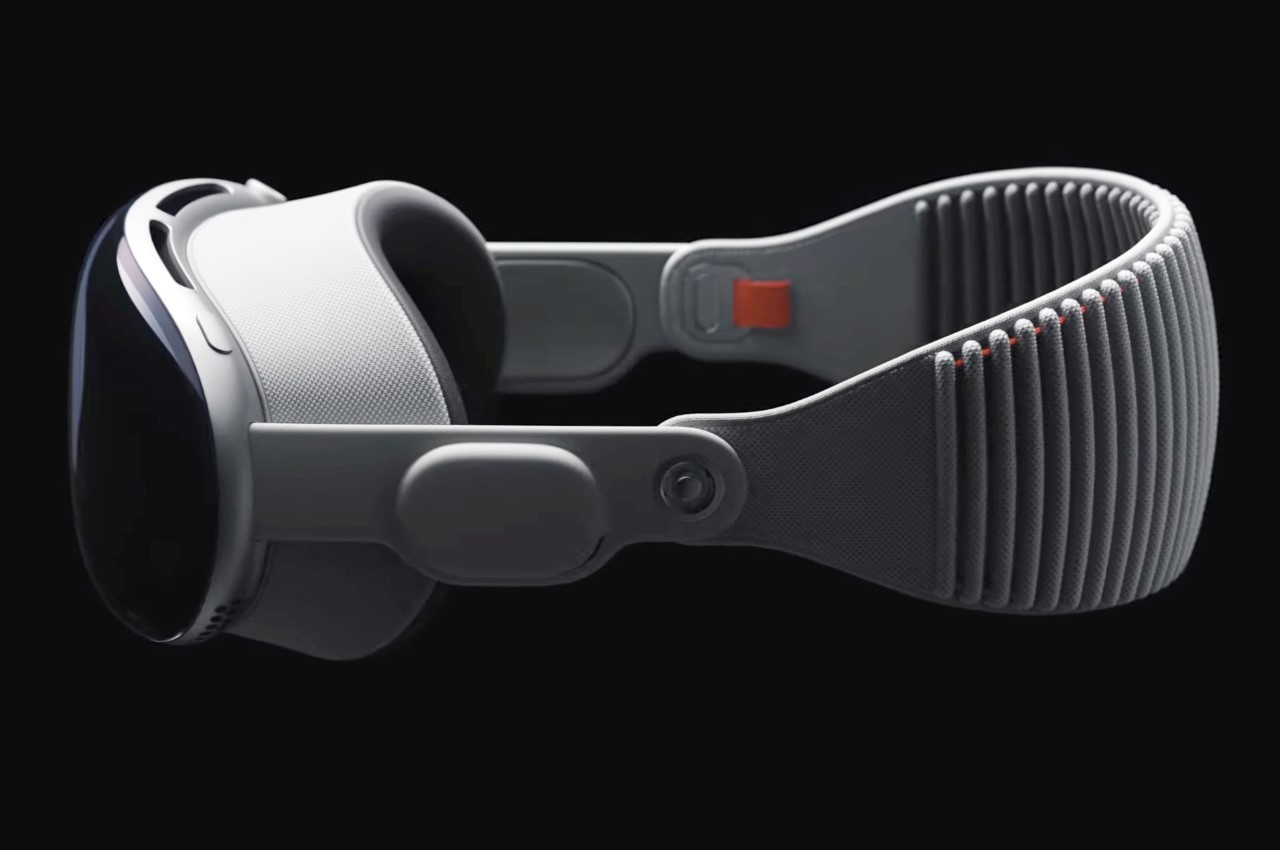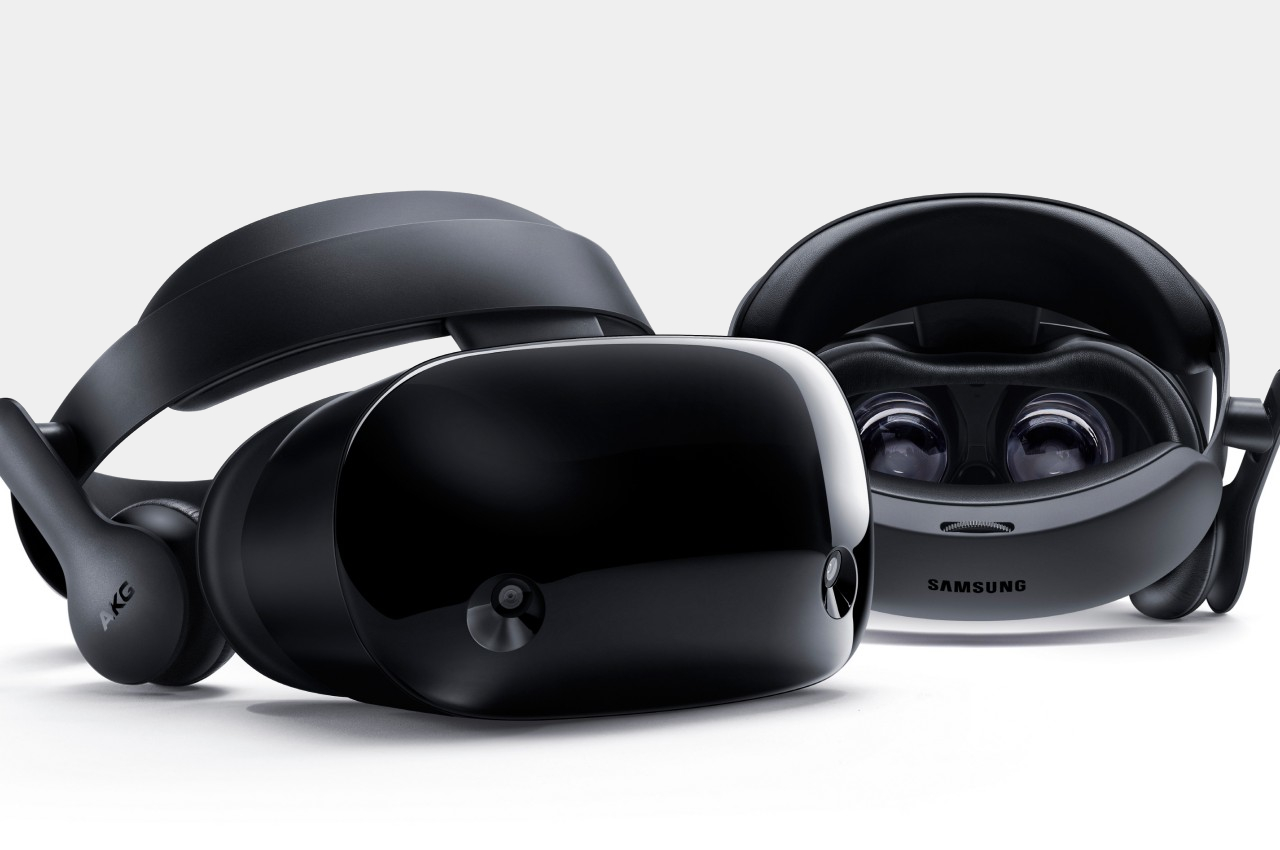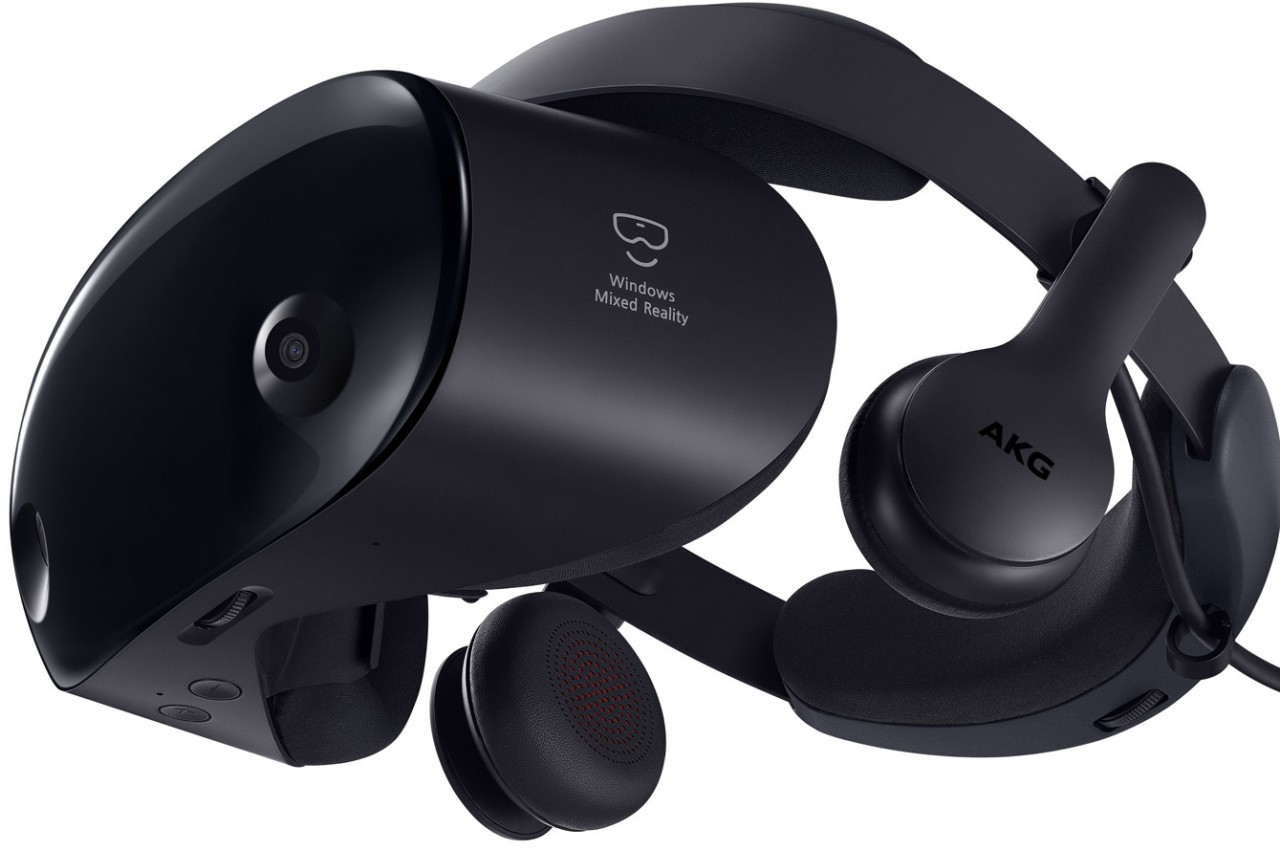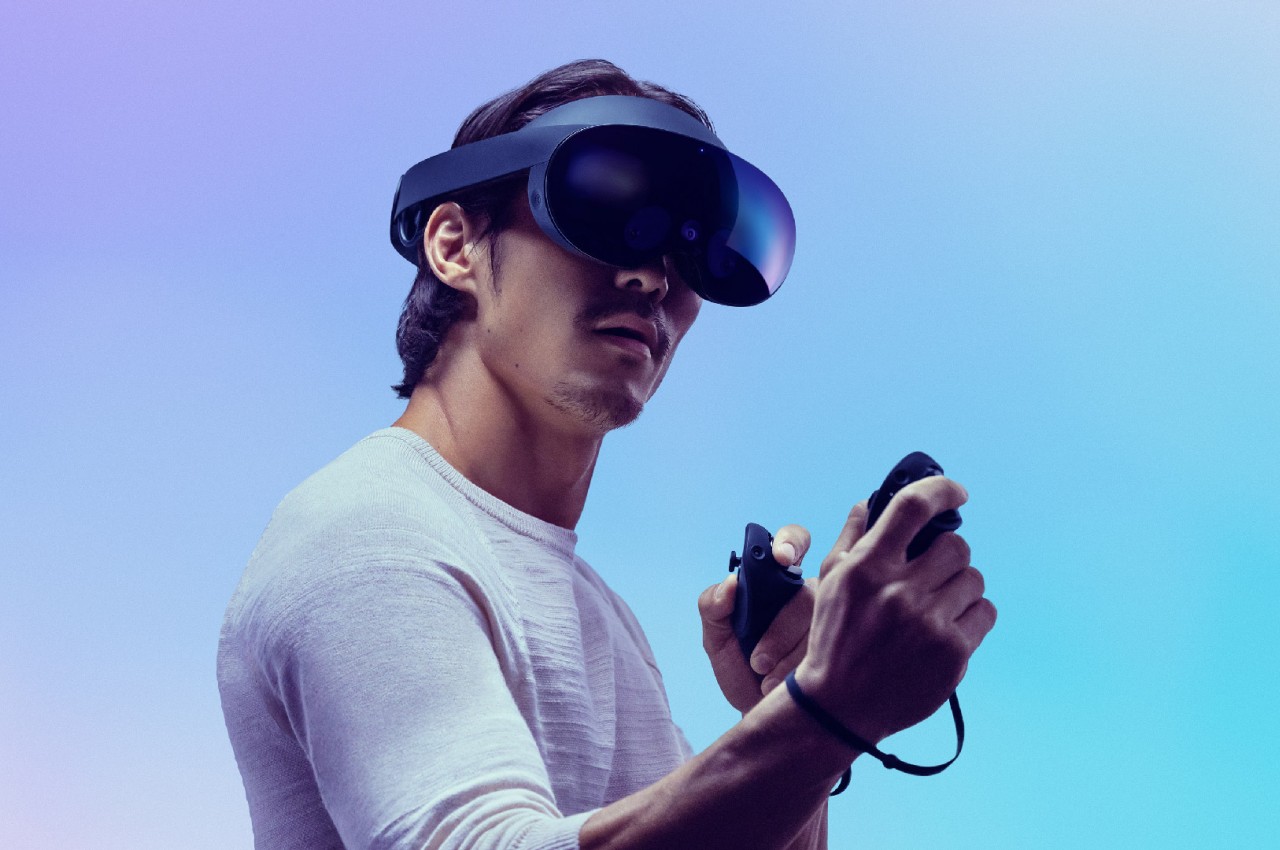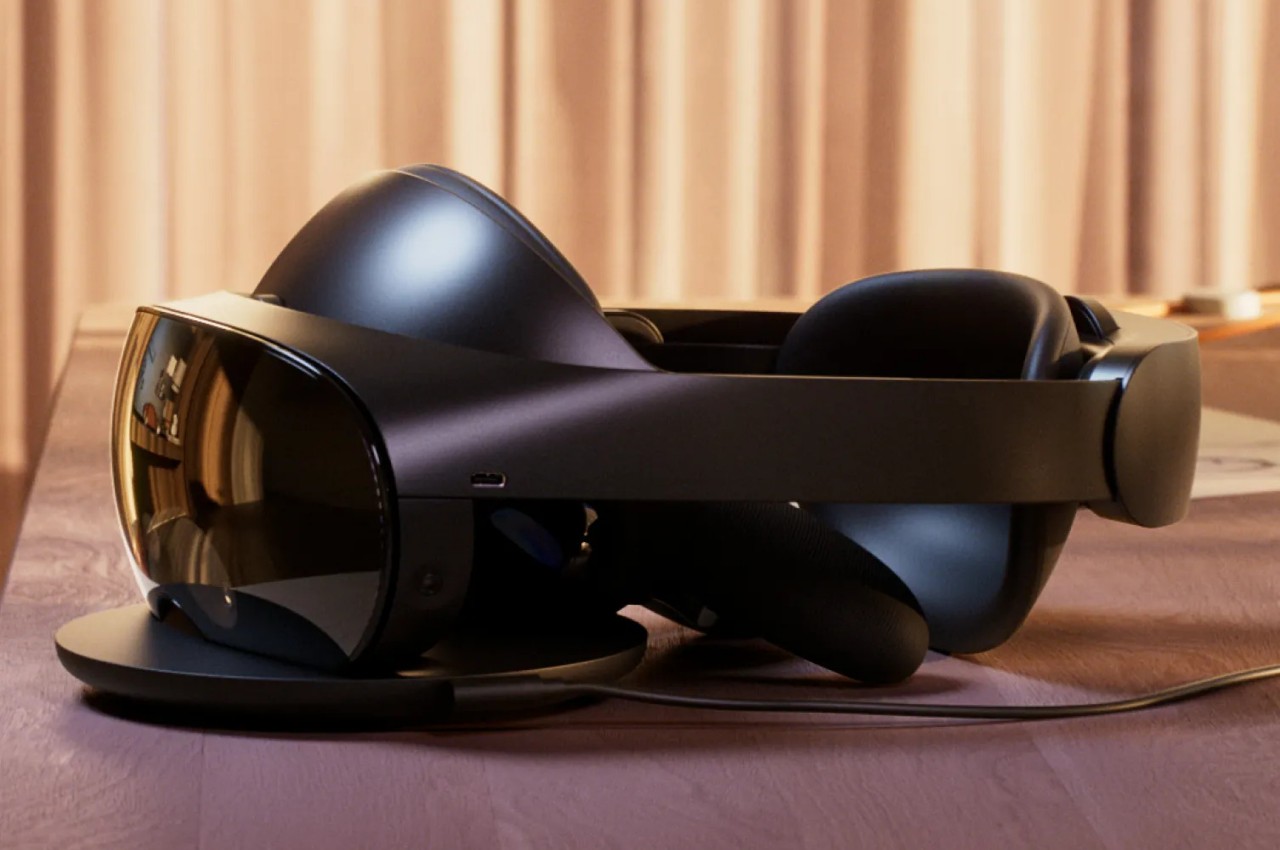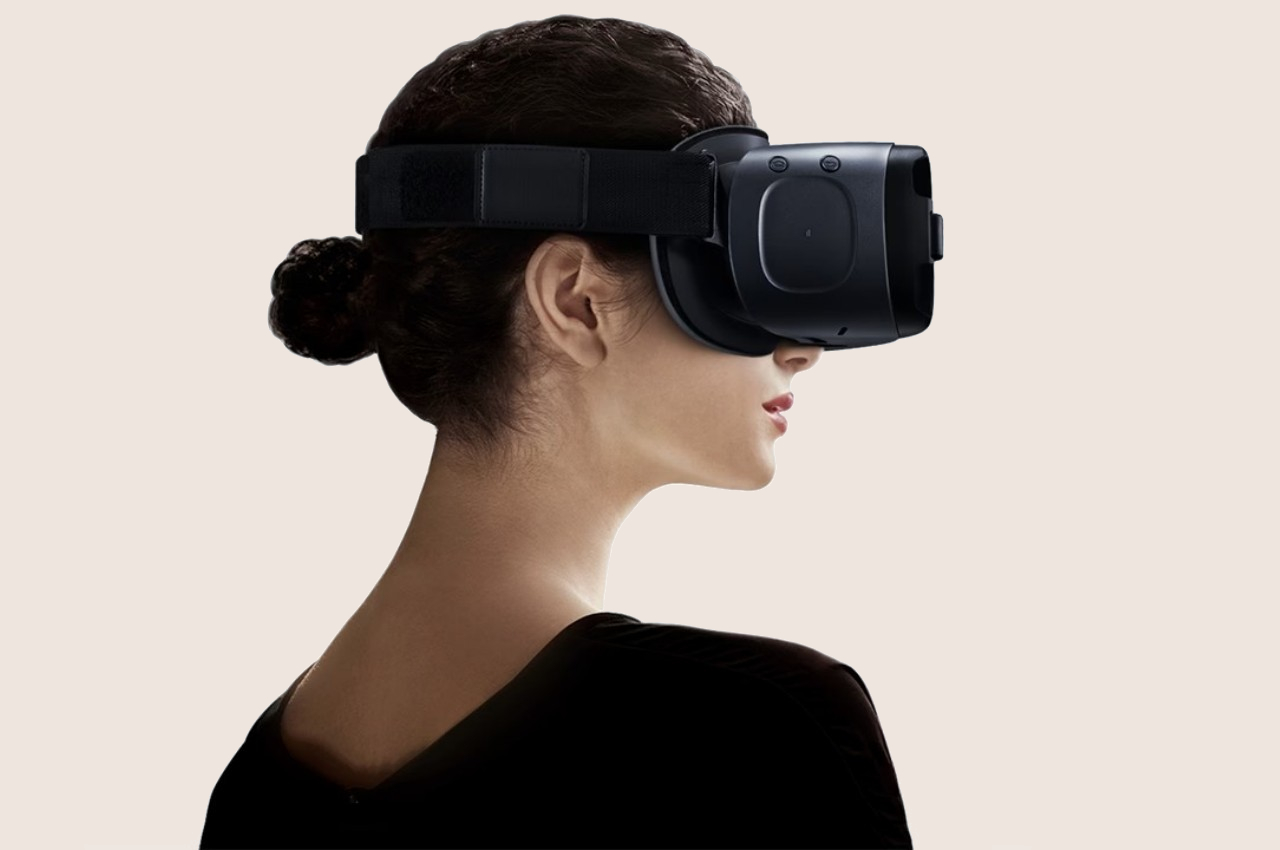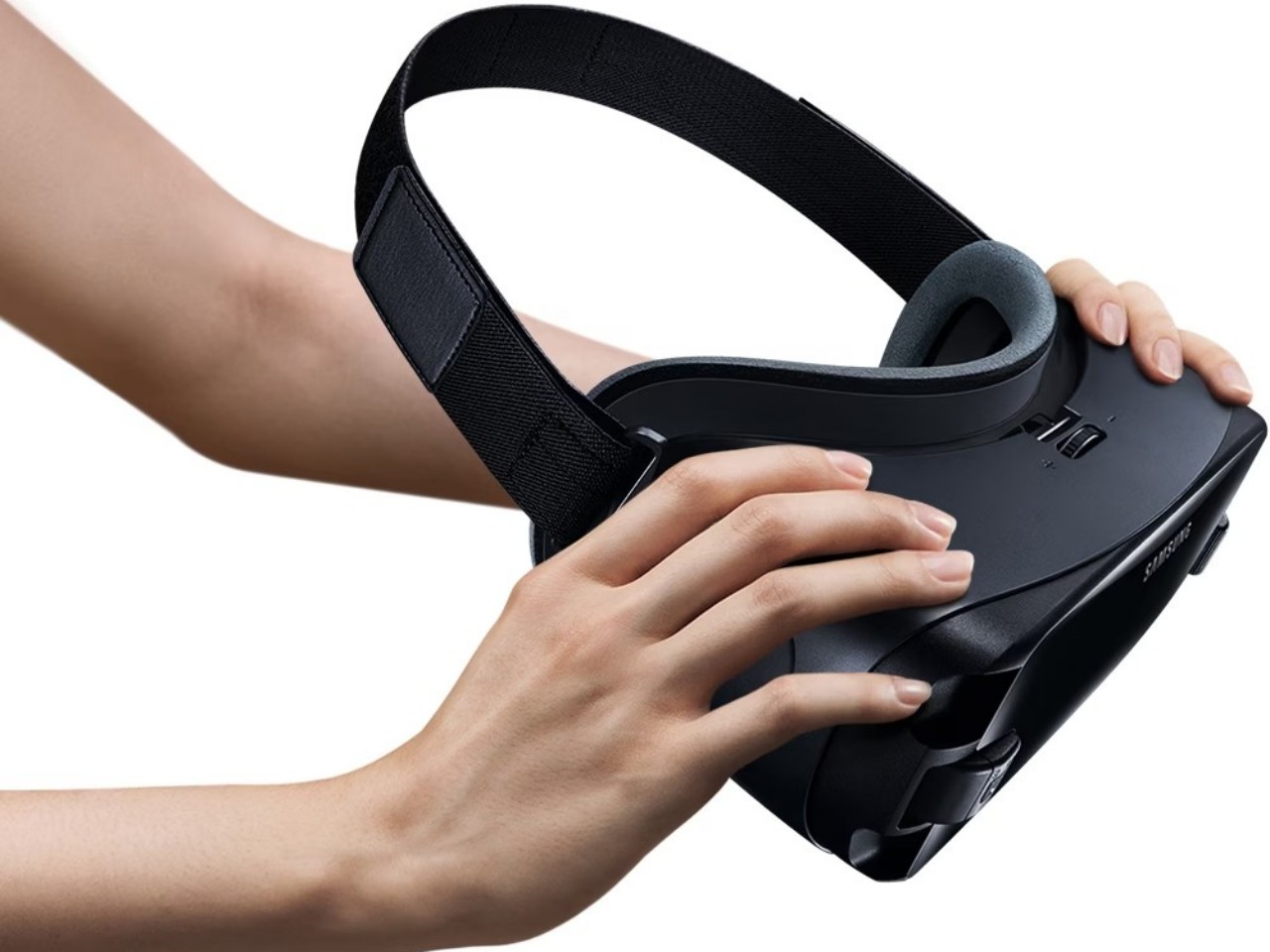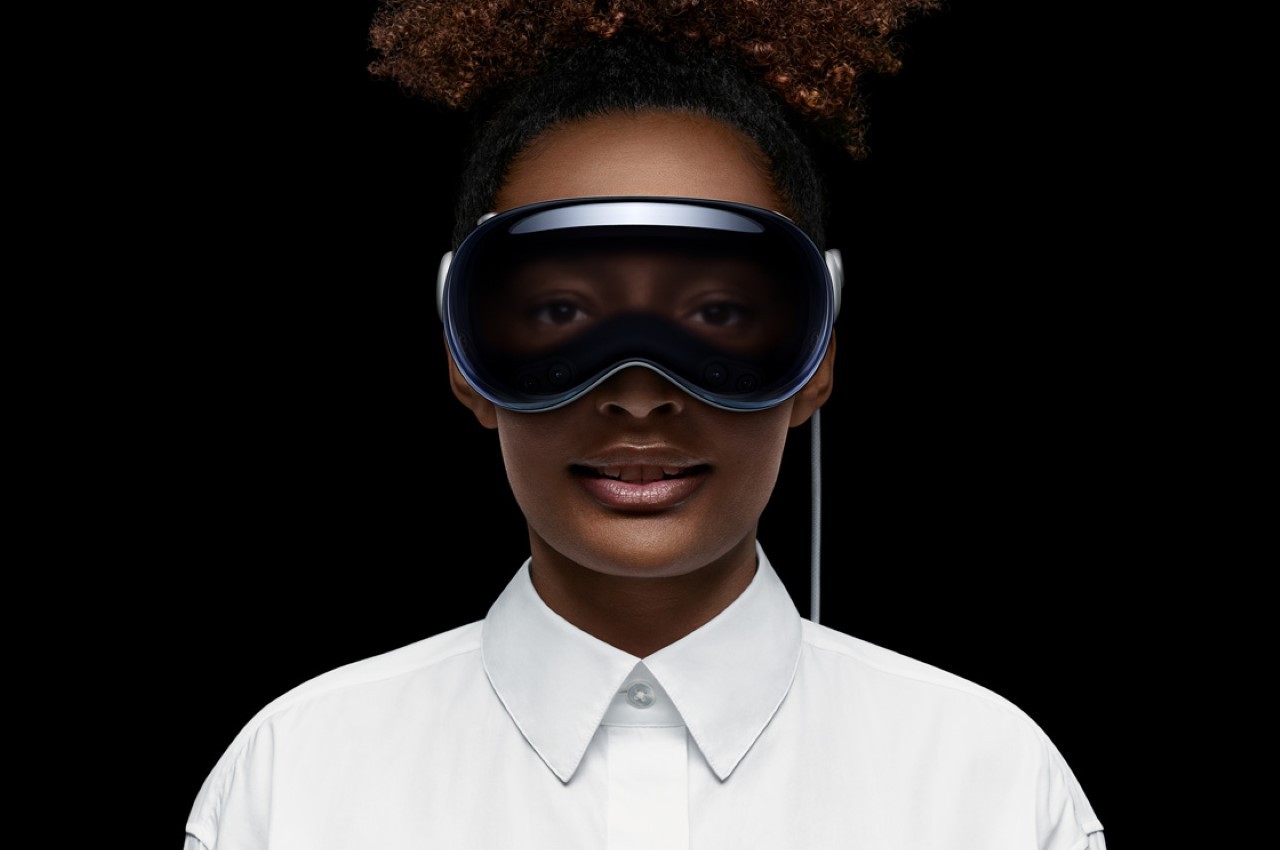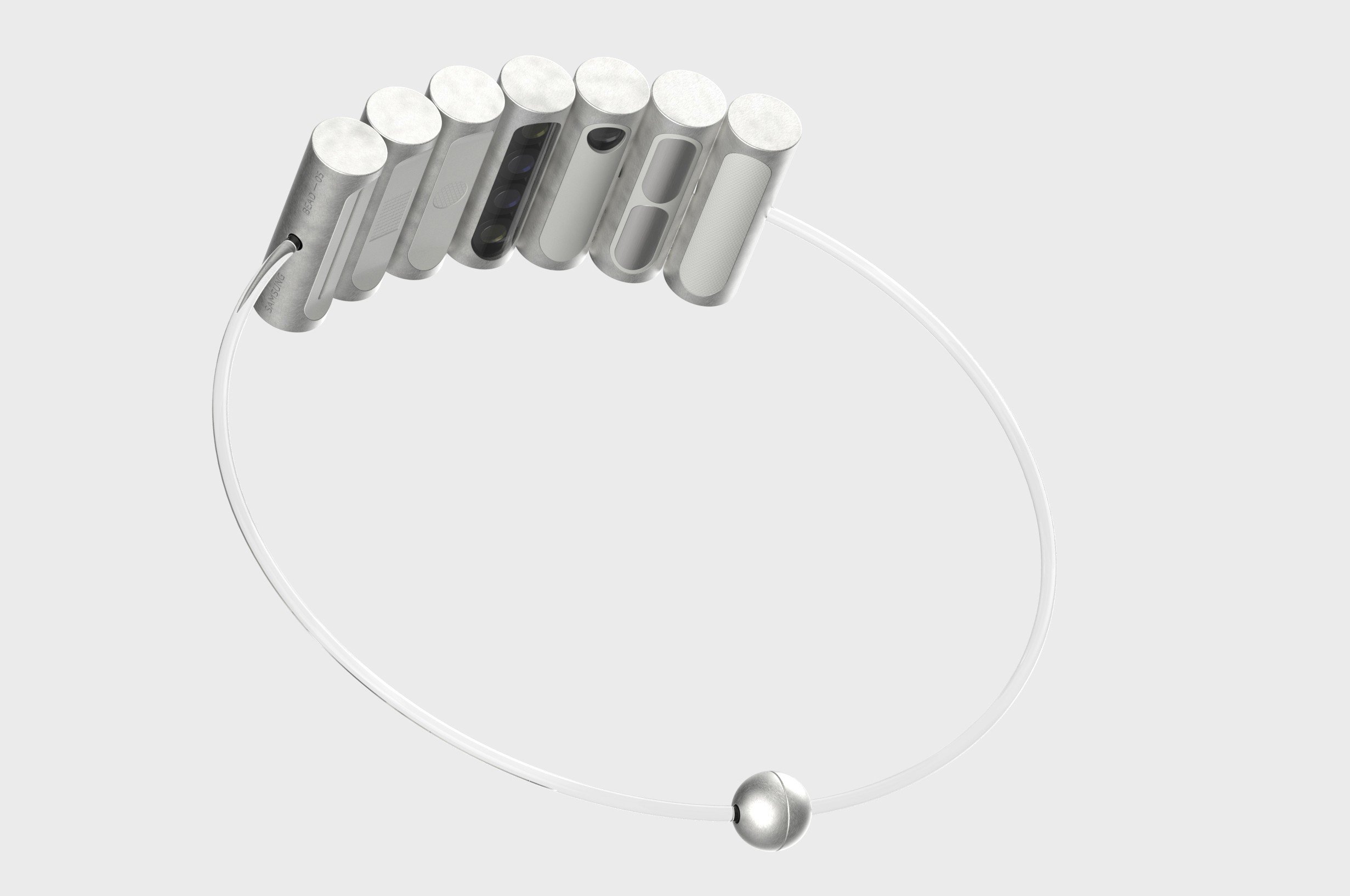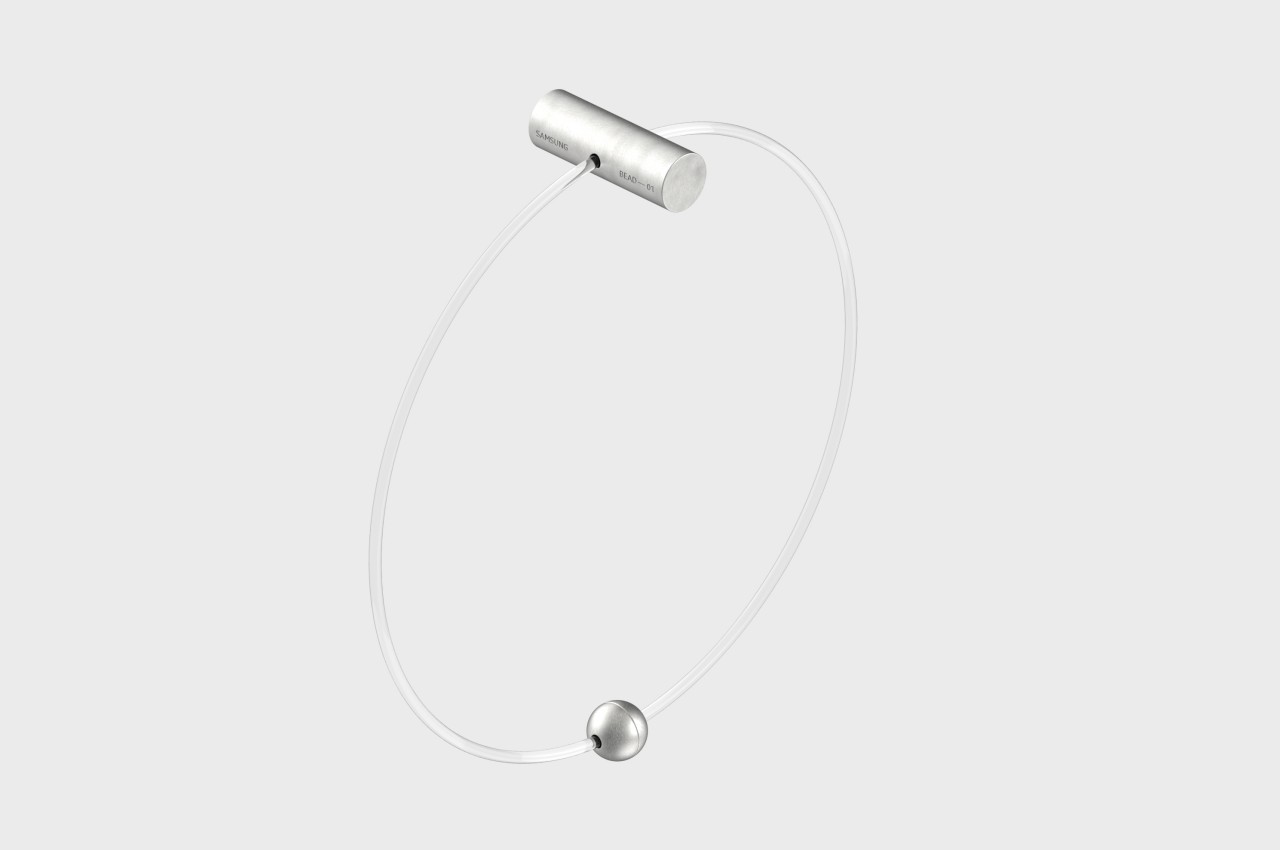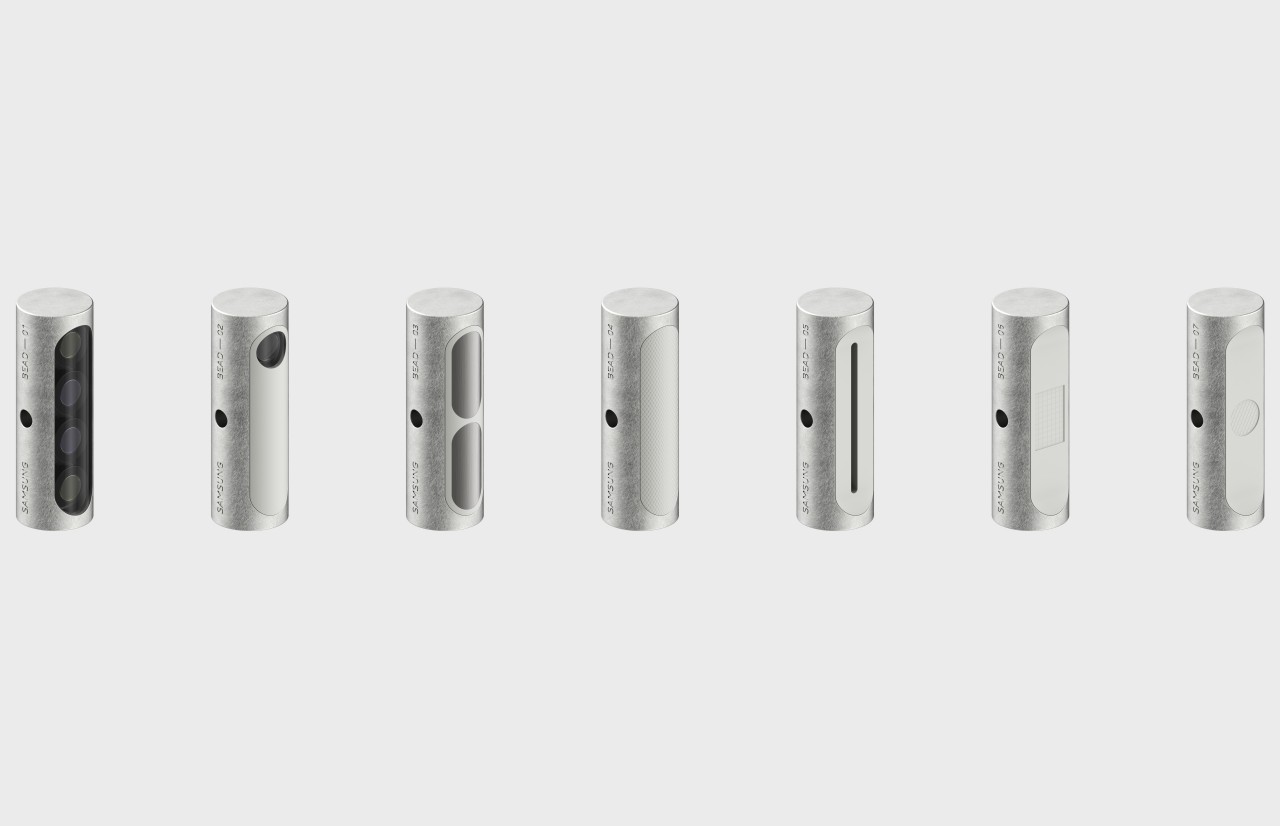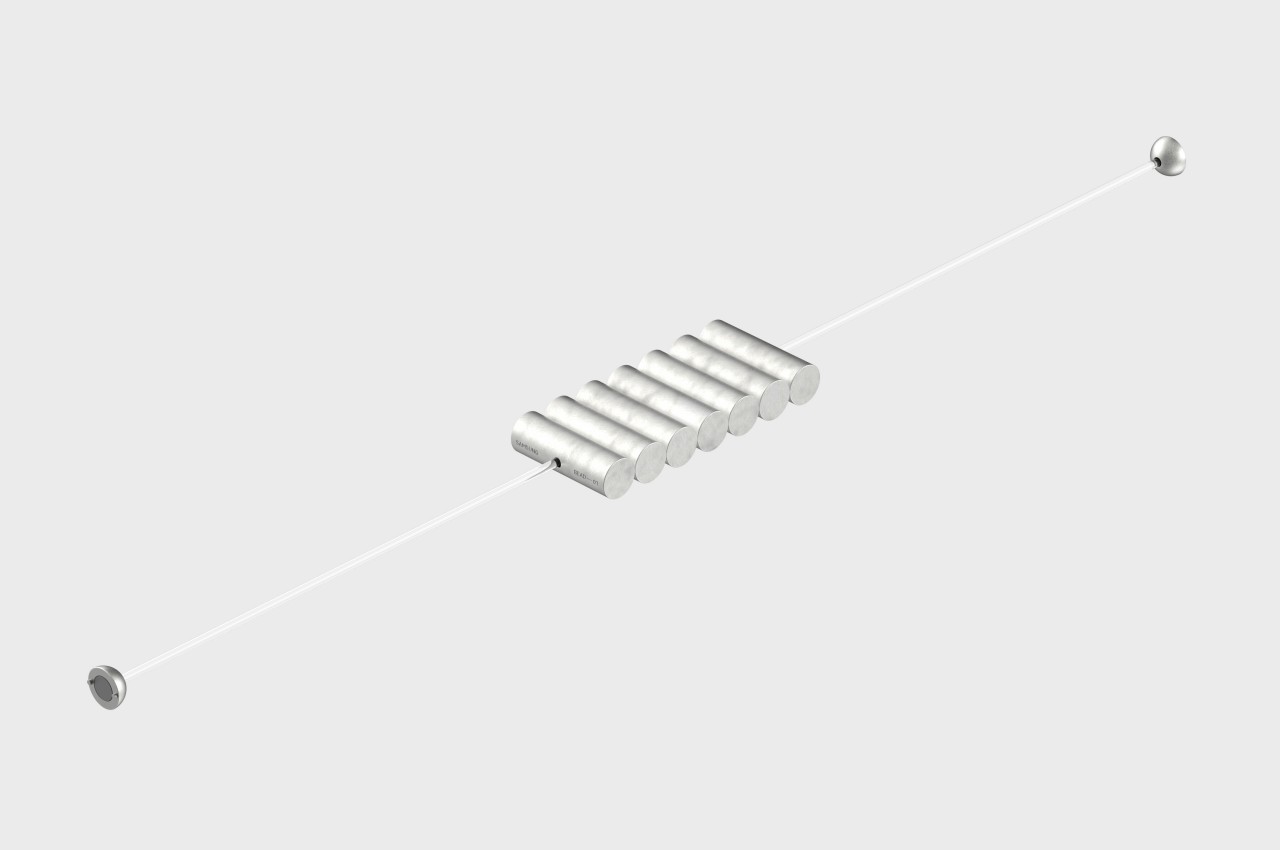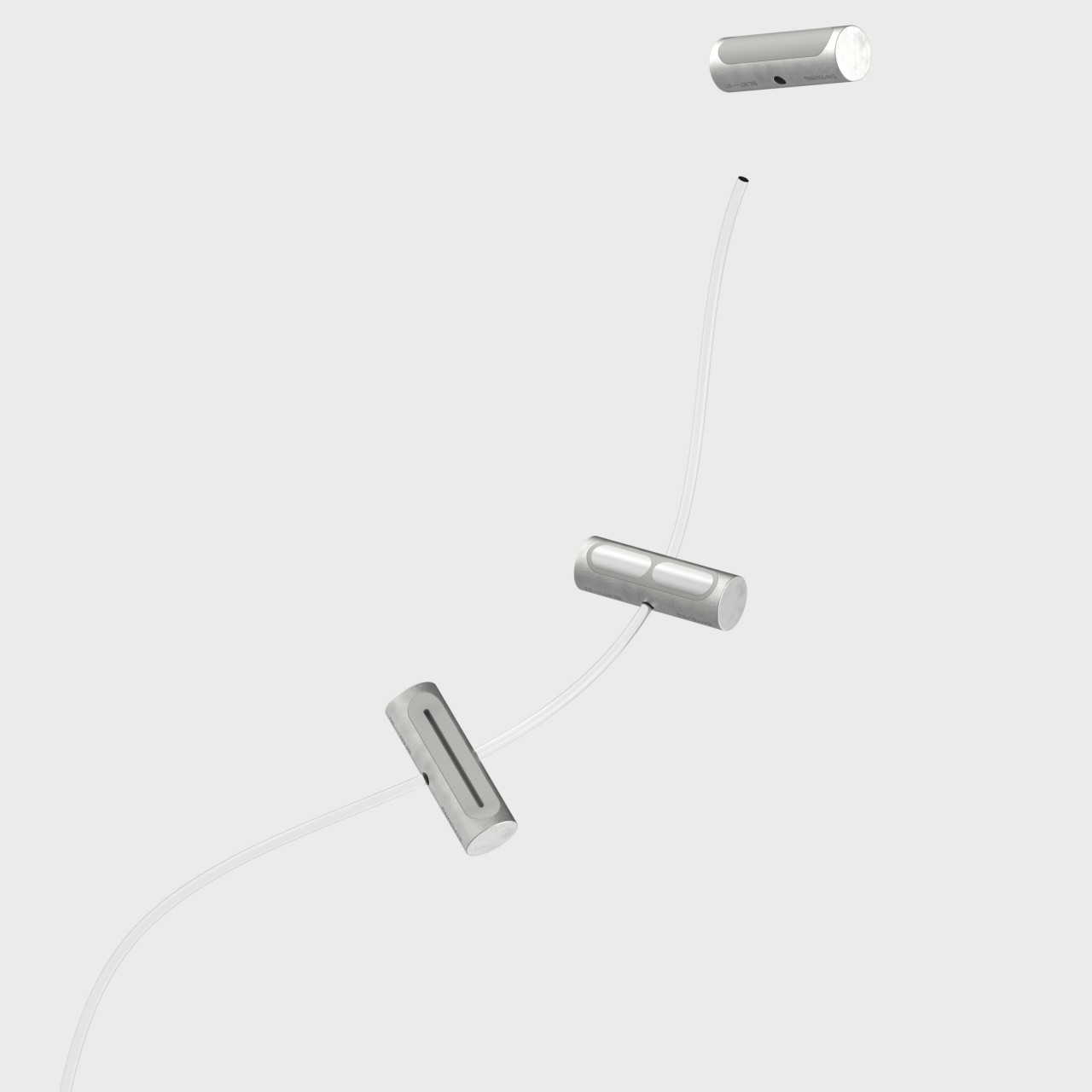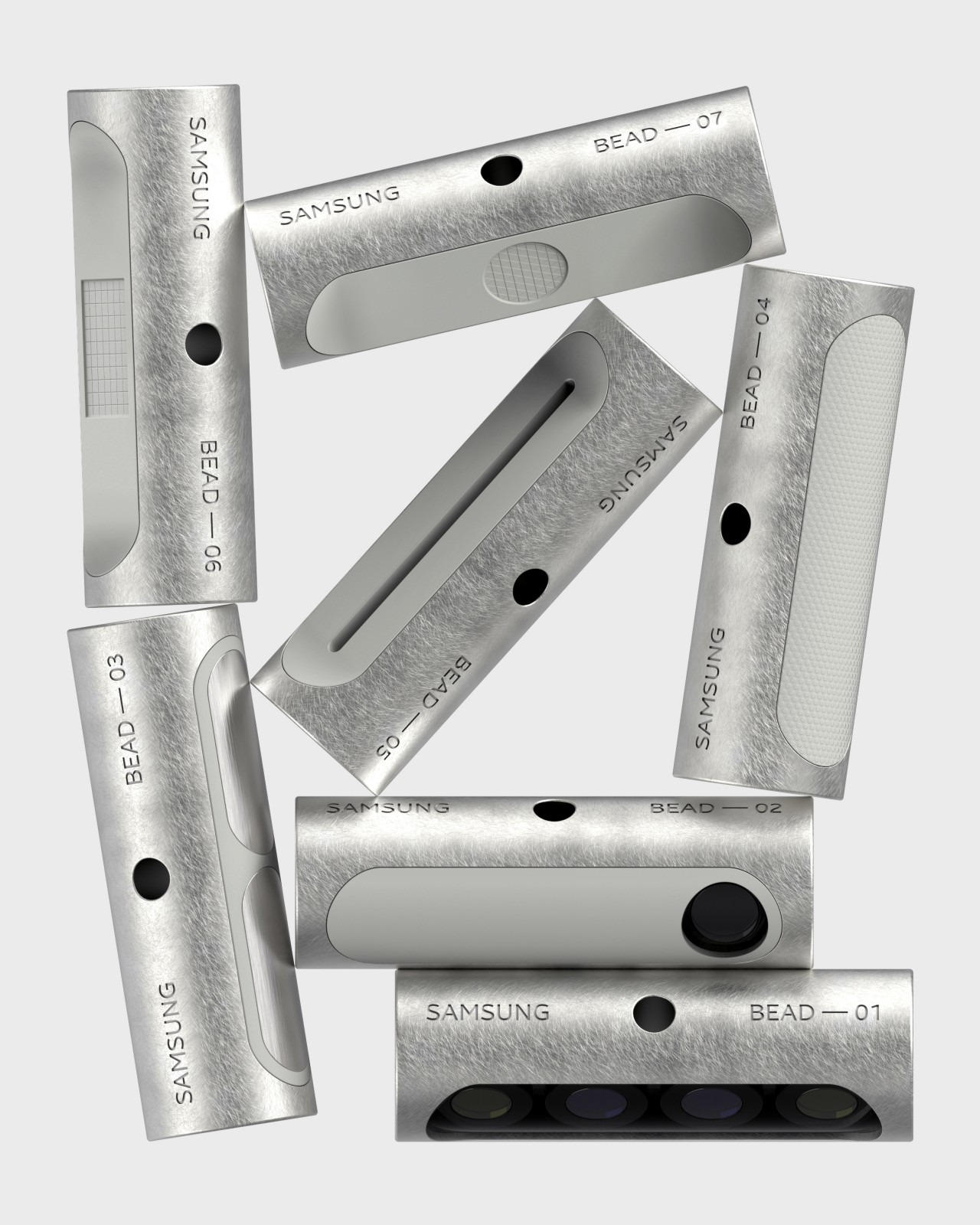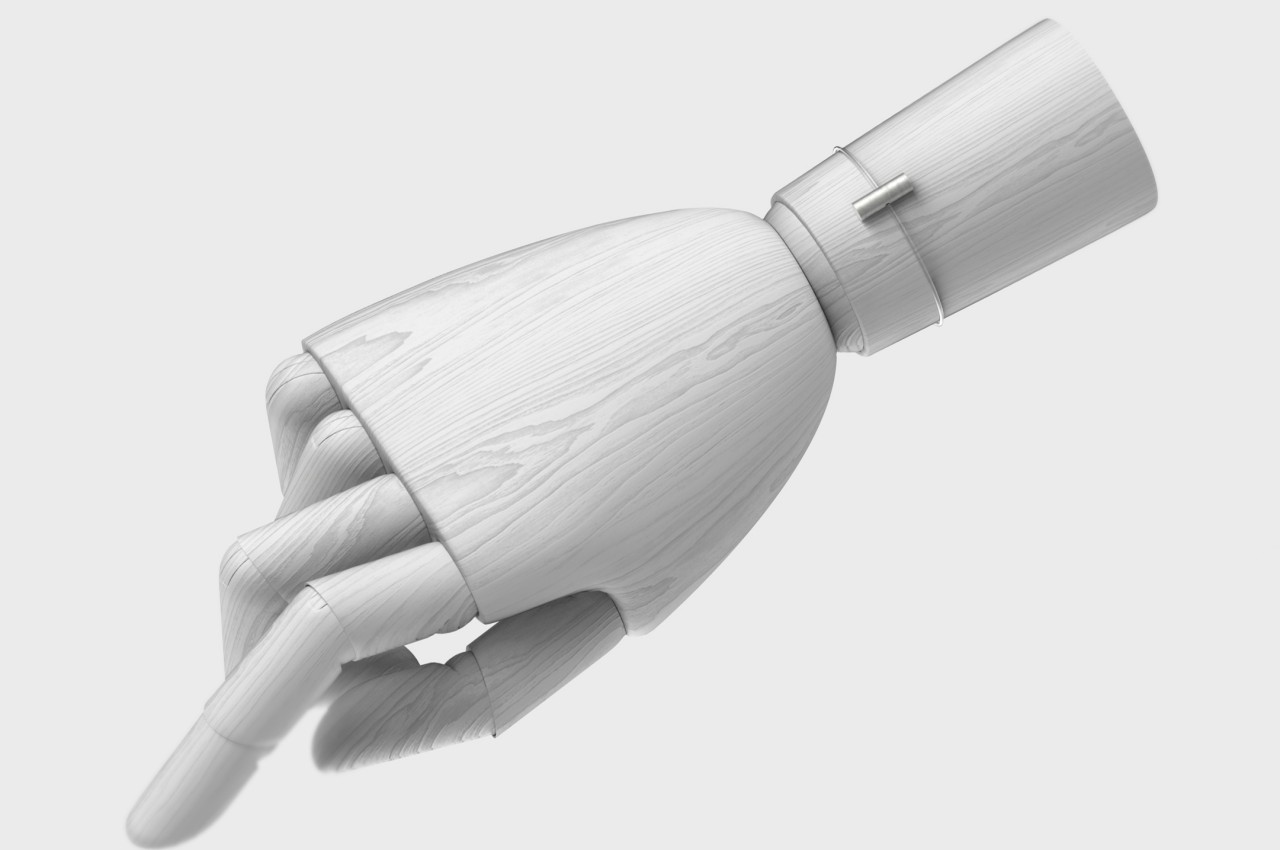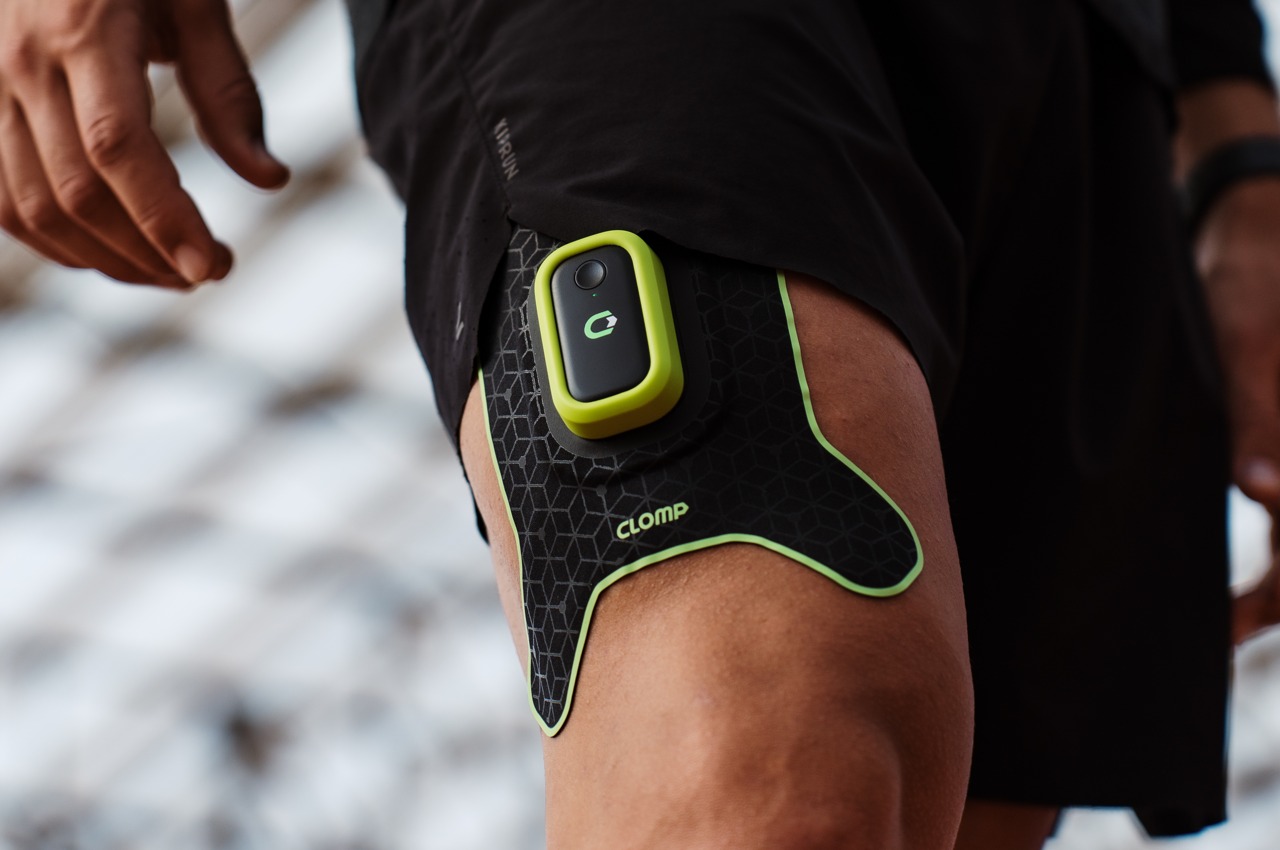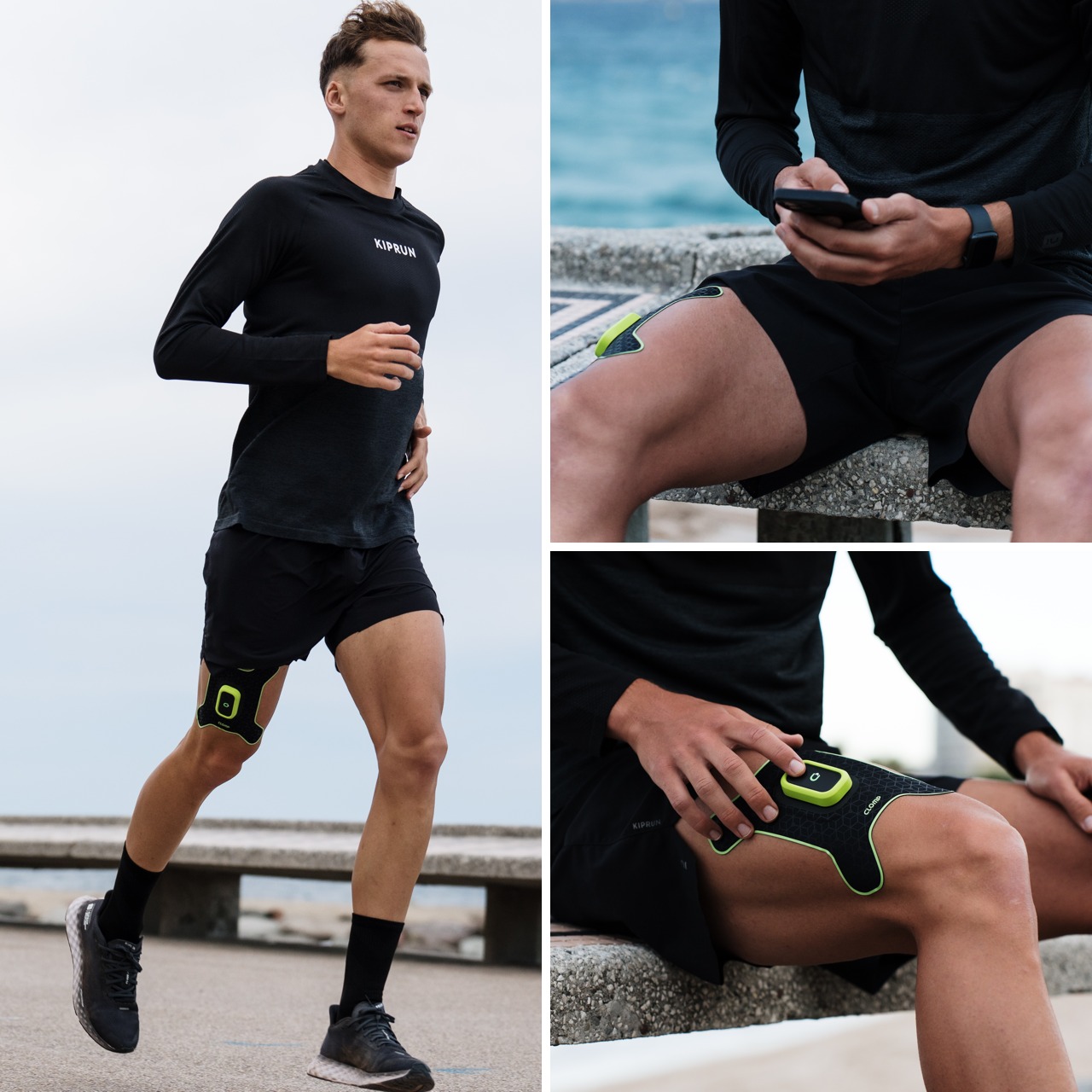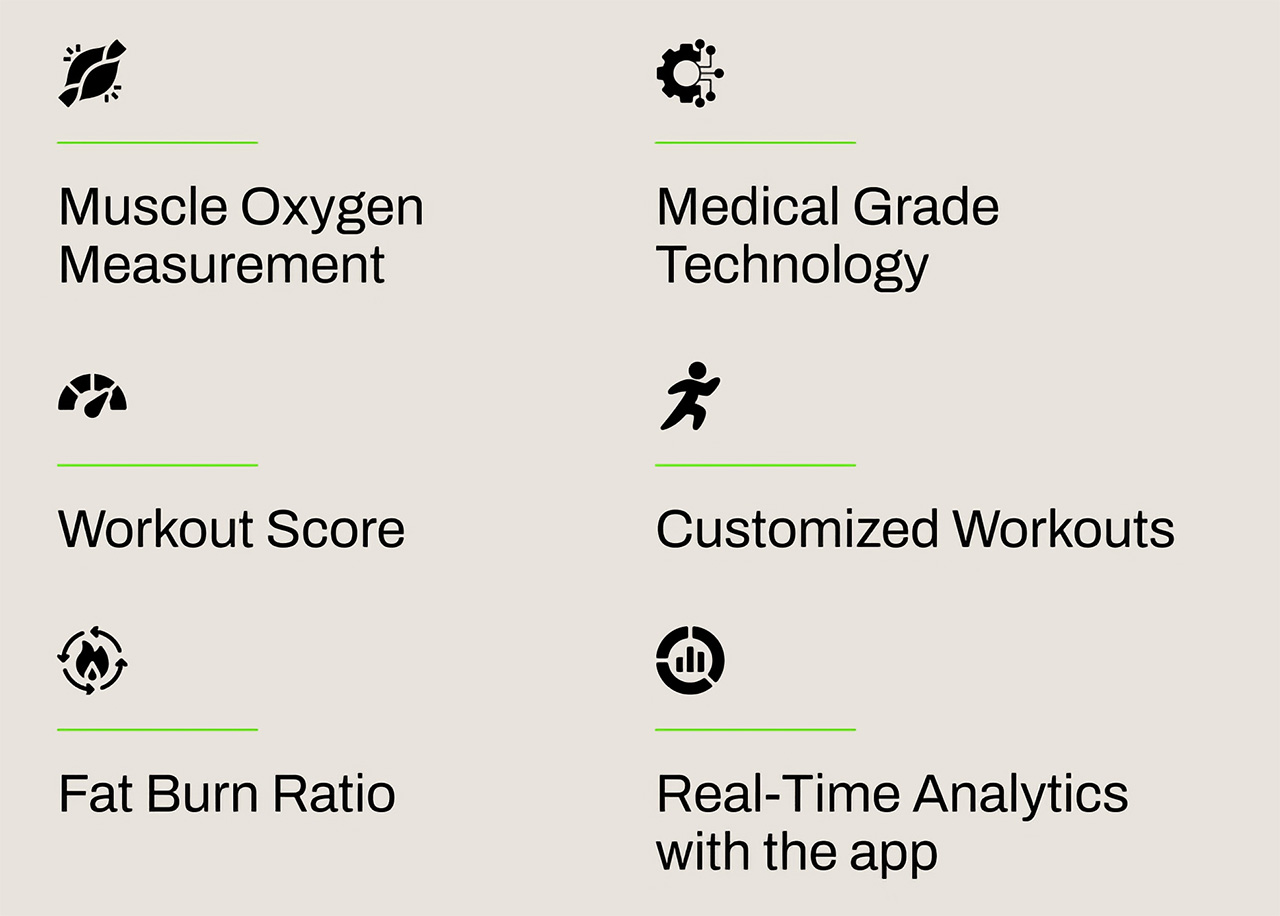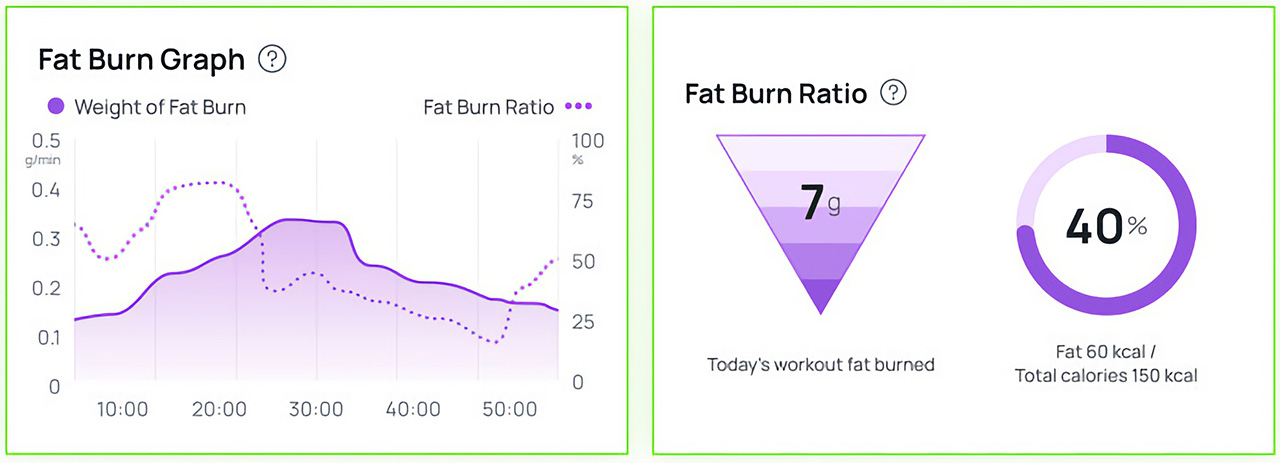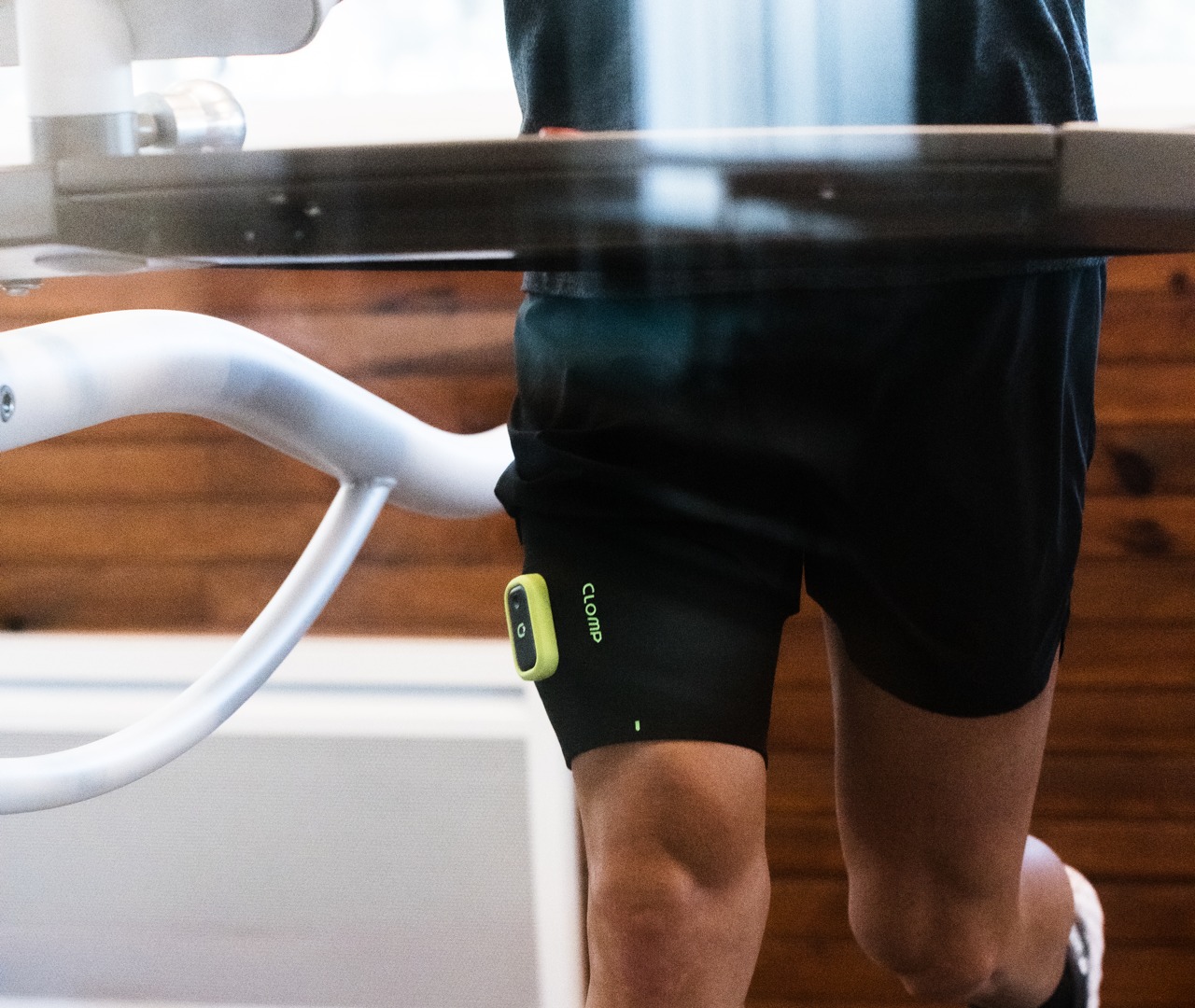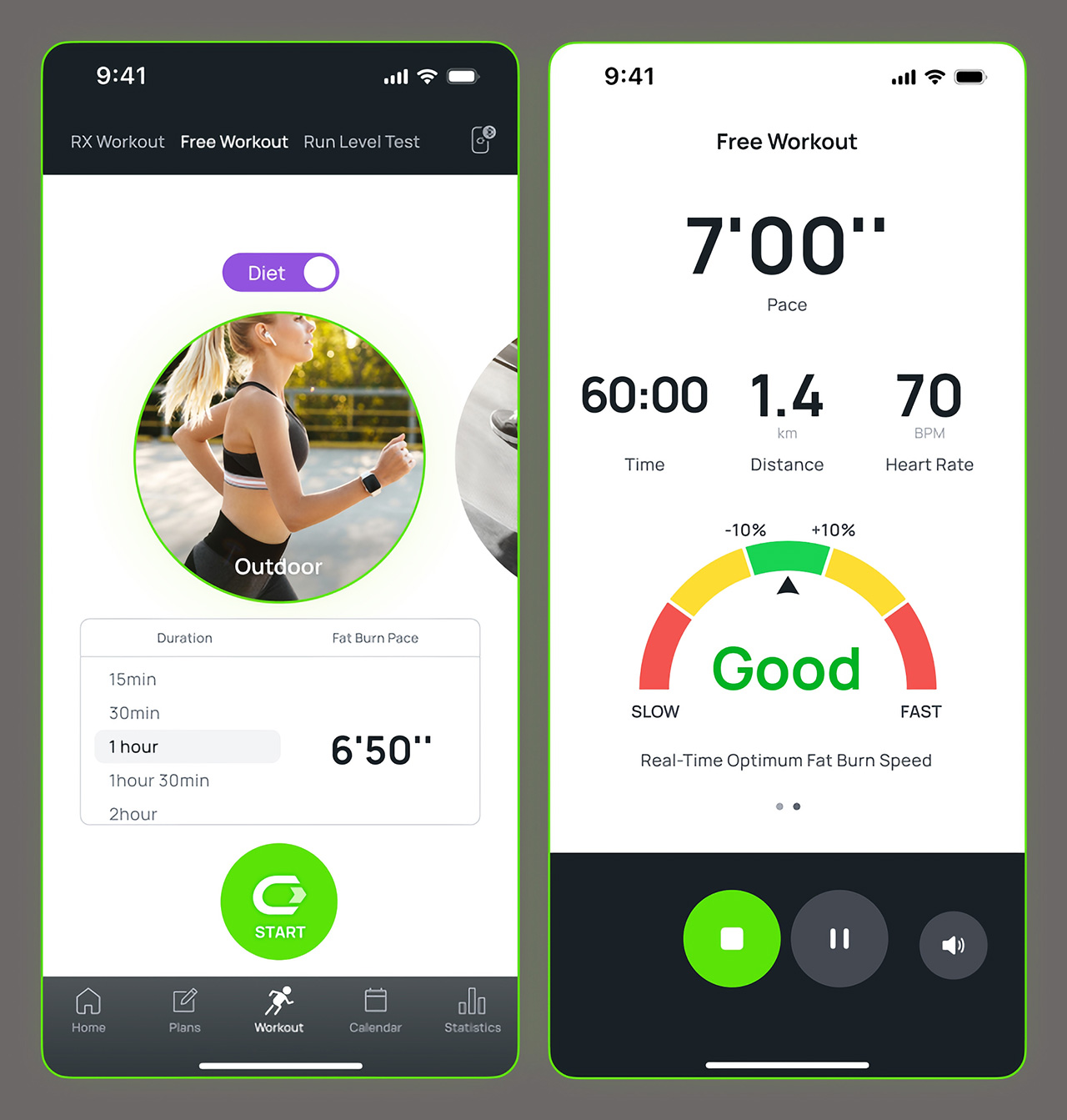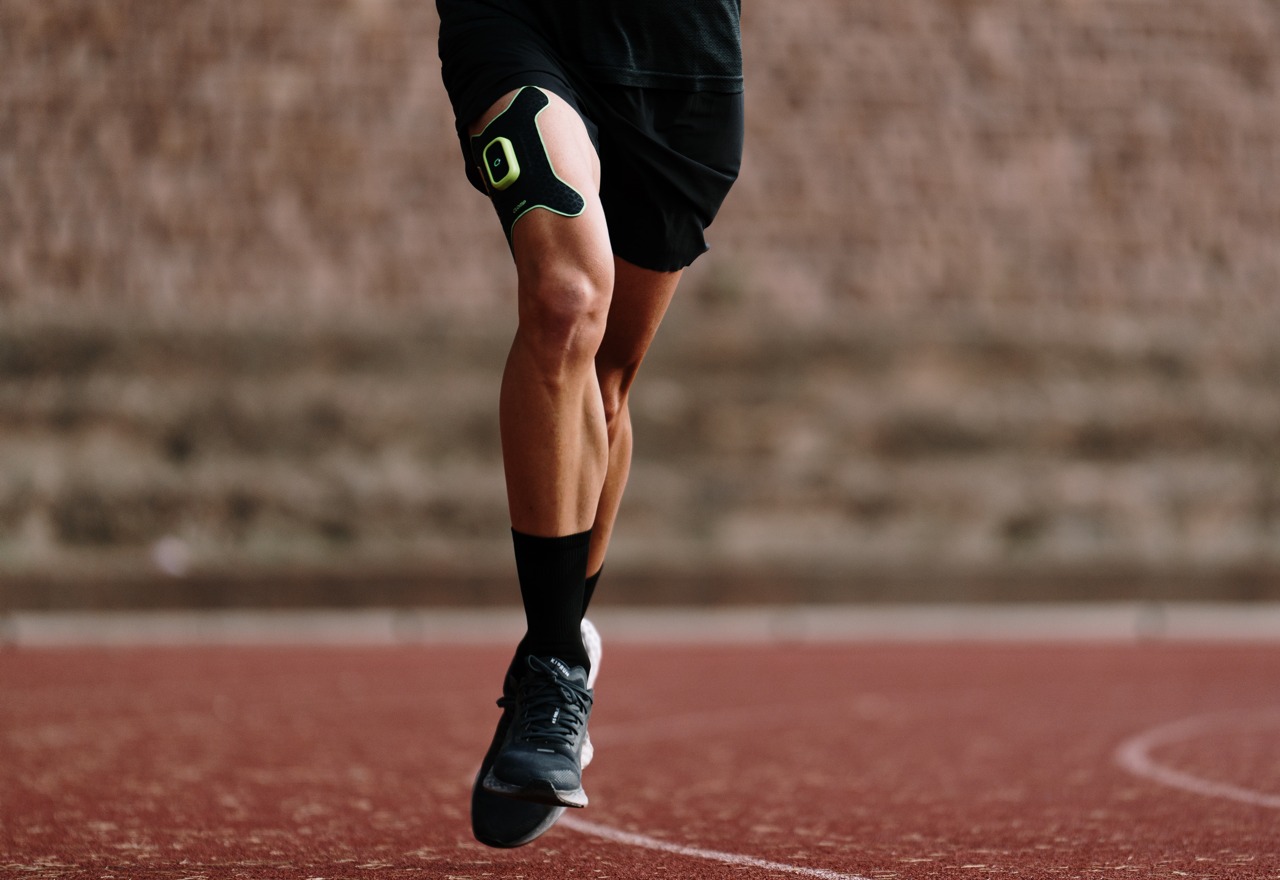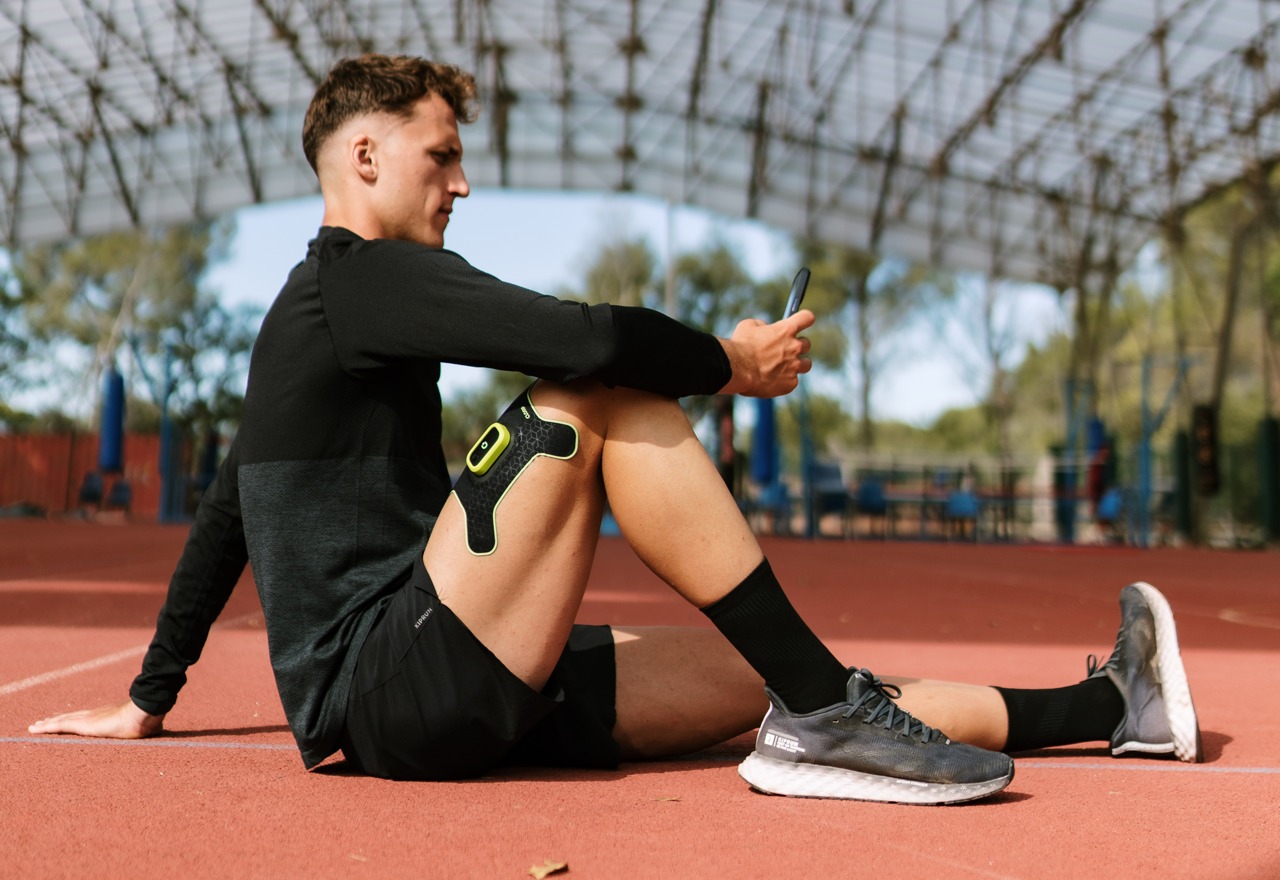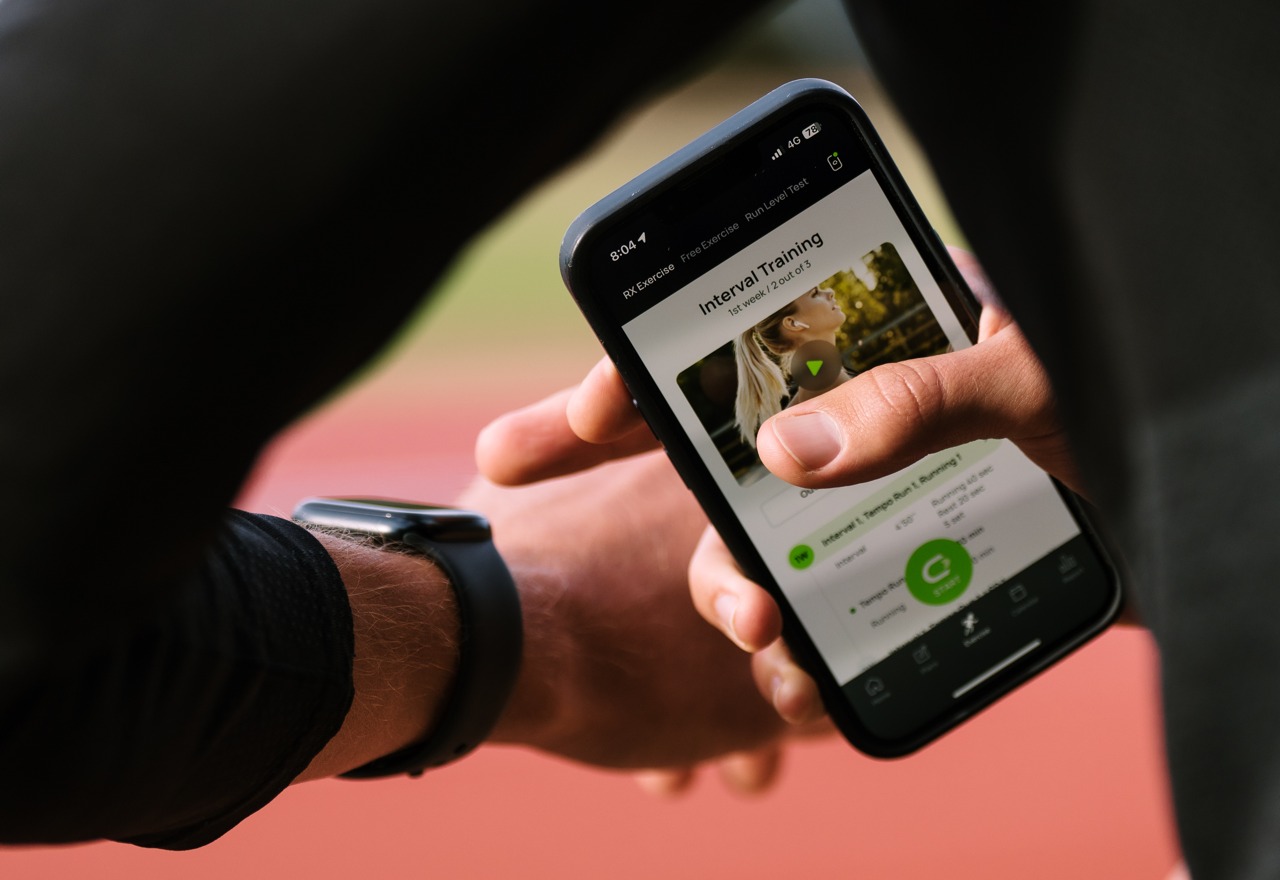There’s a retro design craze that’s gripping multiple industries, from fashion to music to gaming. The latter is probably one of the most prolific sectors, spewing out new designs based on old models every year or sometimes more than once a year. Regardless of the origin, almost all these retro gaming devices have the same goal of allowing people today to experience the games of the past the way they were meant to be played, at least to some extent. Some, however, do try to just mimic the looks while offering a bit more freedom in what you can do with the device, like this rather unusual Game Boy SP look-alike that’s meant to ride on your wrist and act as a smartwatch when you’re not playing games on it.
Designer: Jason Rogers
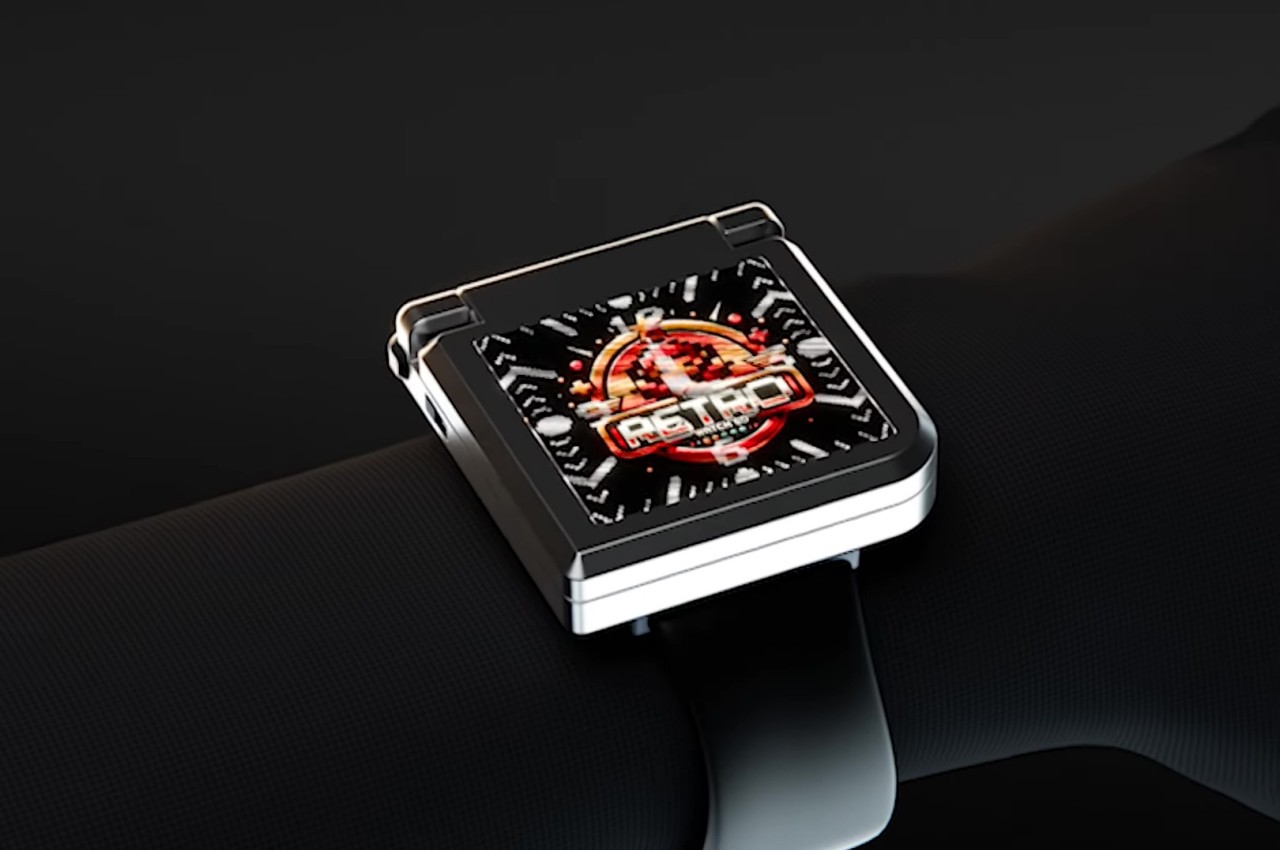
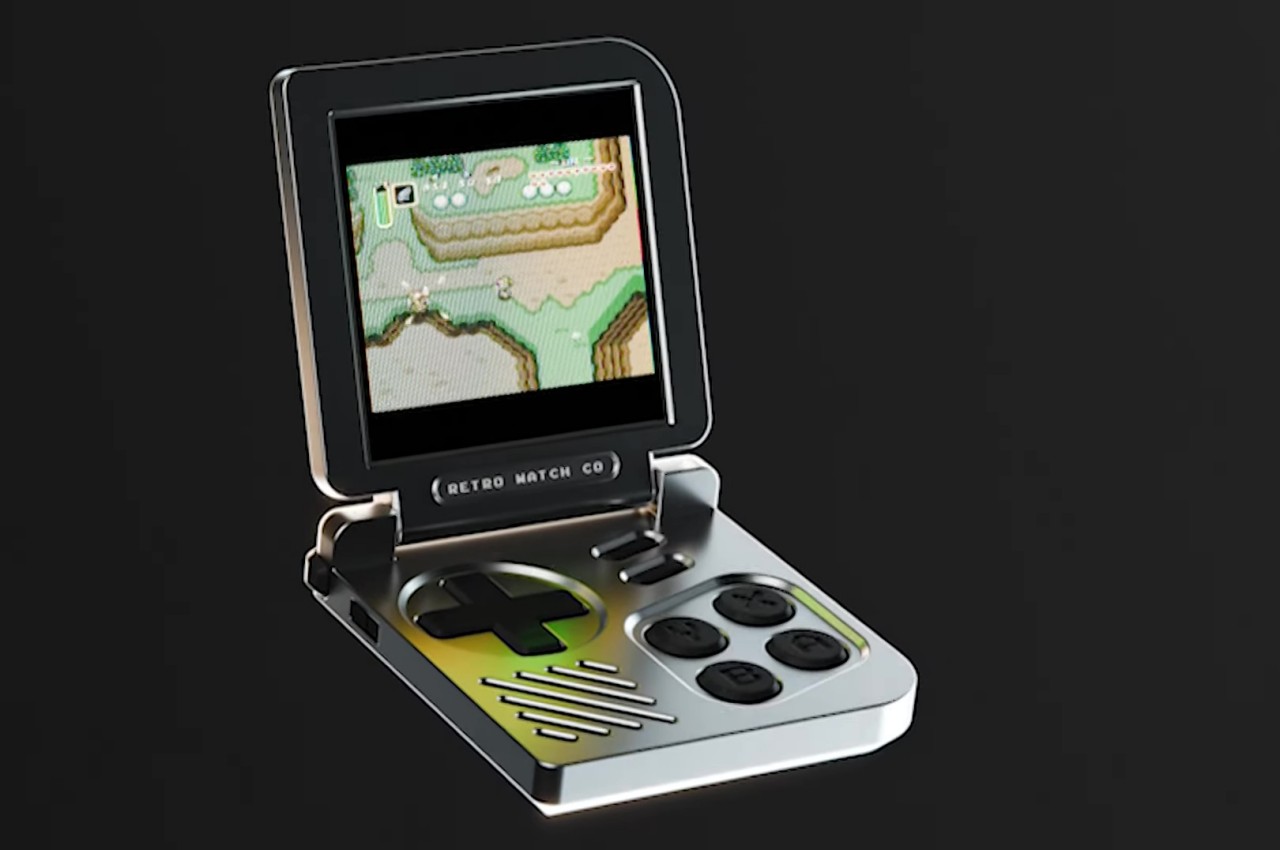
There’s no shortage of small gaming handhelds, some of which can even be attached to a key ring. They’re not great at comfort or ergonomics, but these novelty items capture a lot of attention and even let you play a few retro games on the fly. You do have to take them out or pull them off your key ring before you can use them, though, which translates to seconds or minutes of lost opportunities.
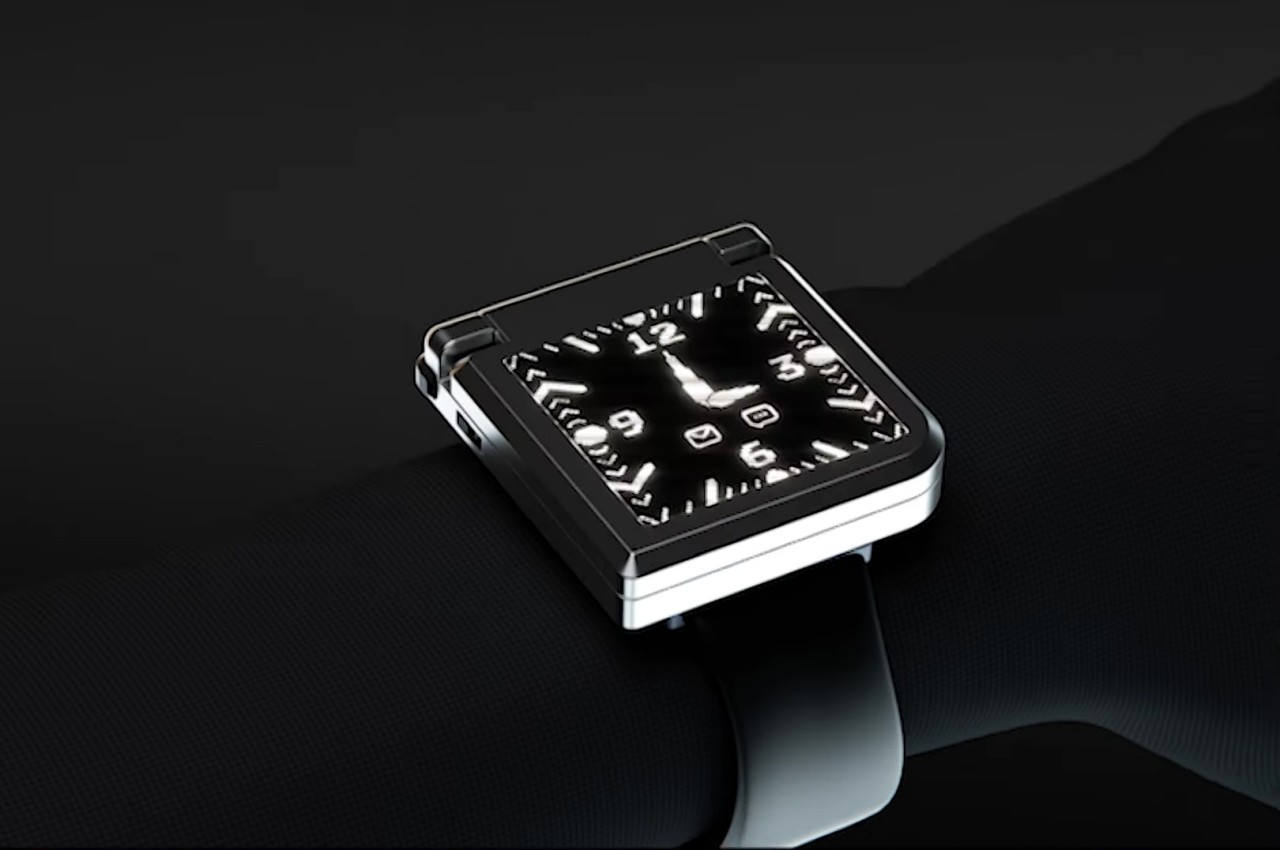
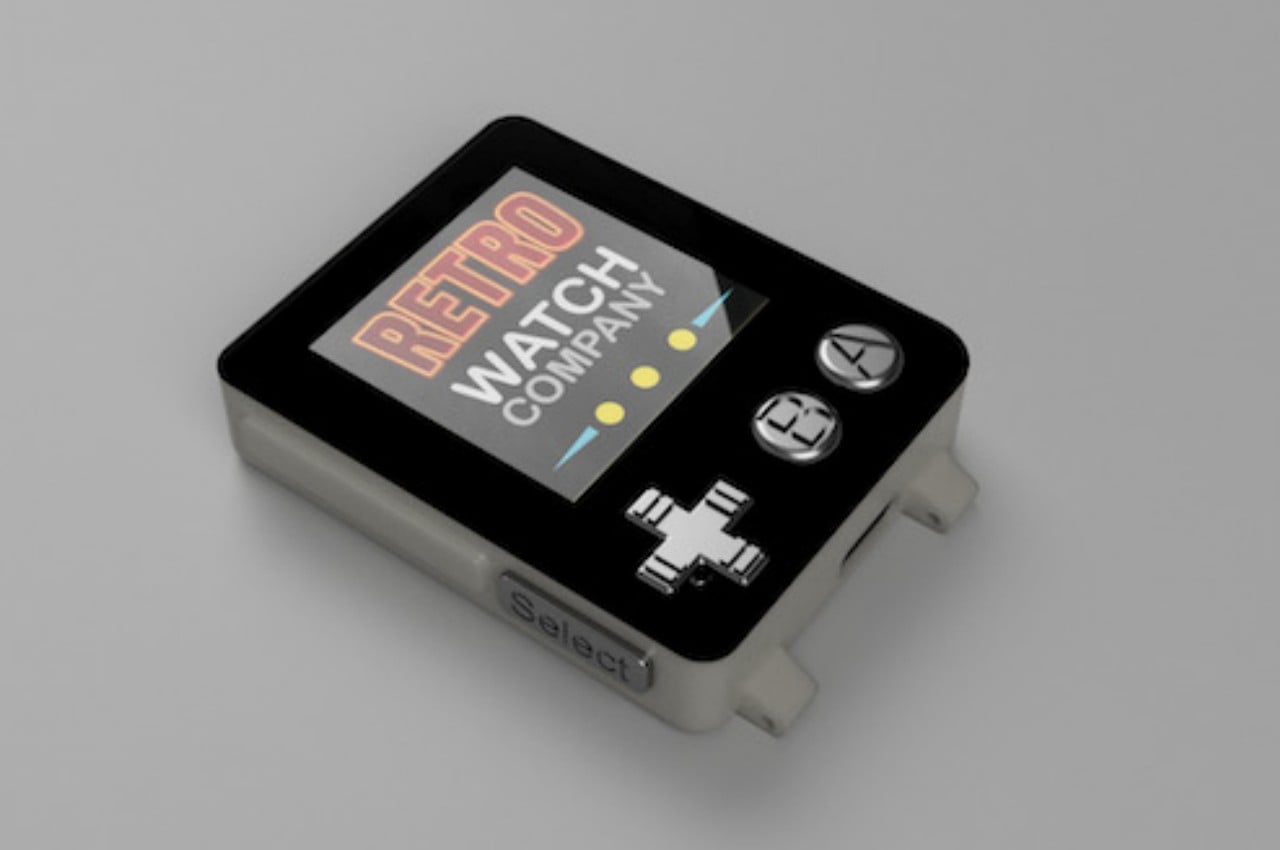
The Retro Gaming Watch loses no time, no pun intended, by having that gaming handheld always at hand, or in this case, on your wrist. In its inactive, unused form, it masquerades as a regular though thick smartwatch, with a standard squarish display and typical features such as a digital watch face and notifications. It doesn’t have activity tracking, though, because that would require cramming more hardware in an already cramped space, space that would rather be used for running games instead.

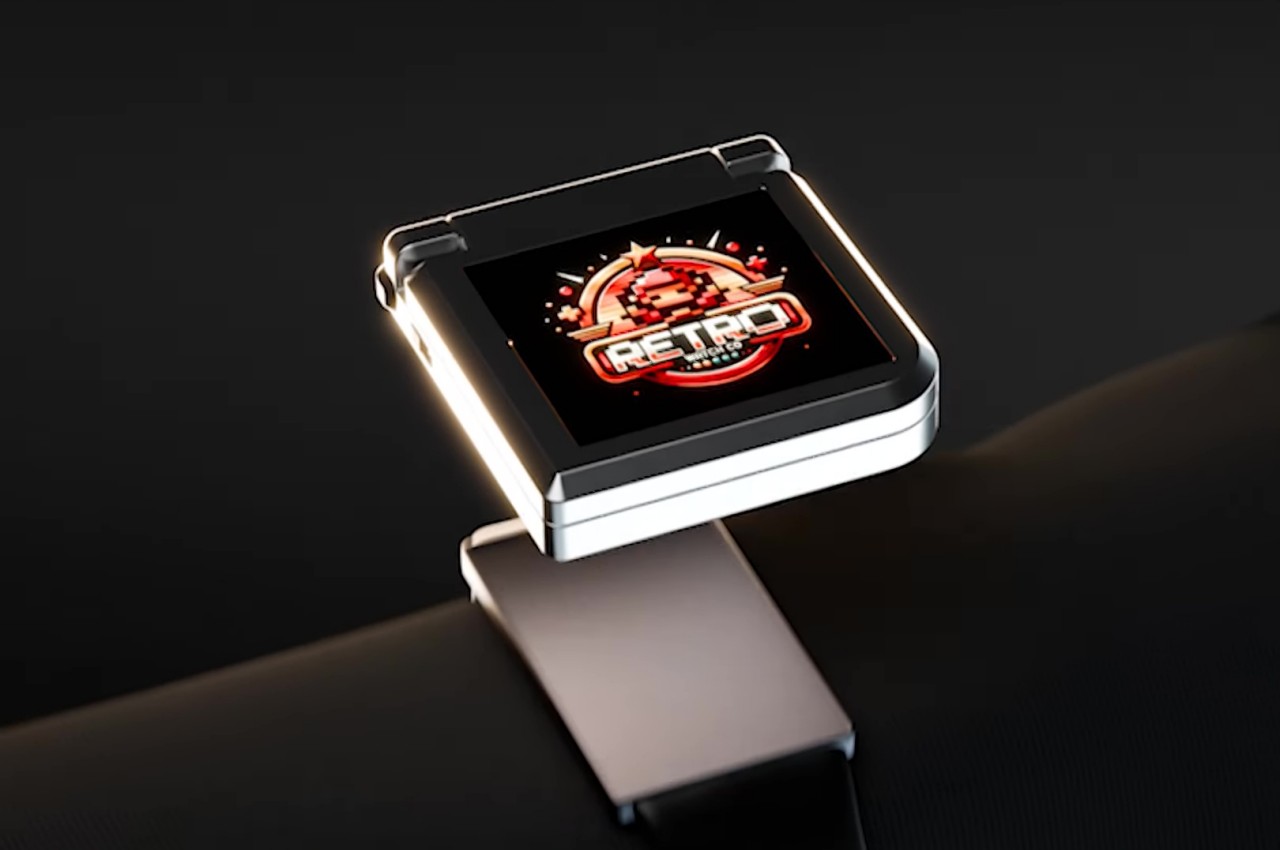
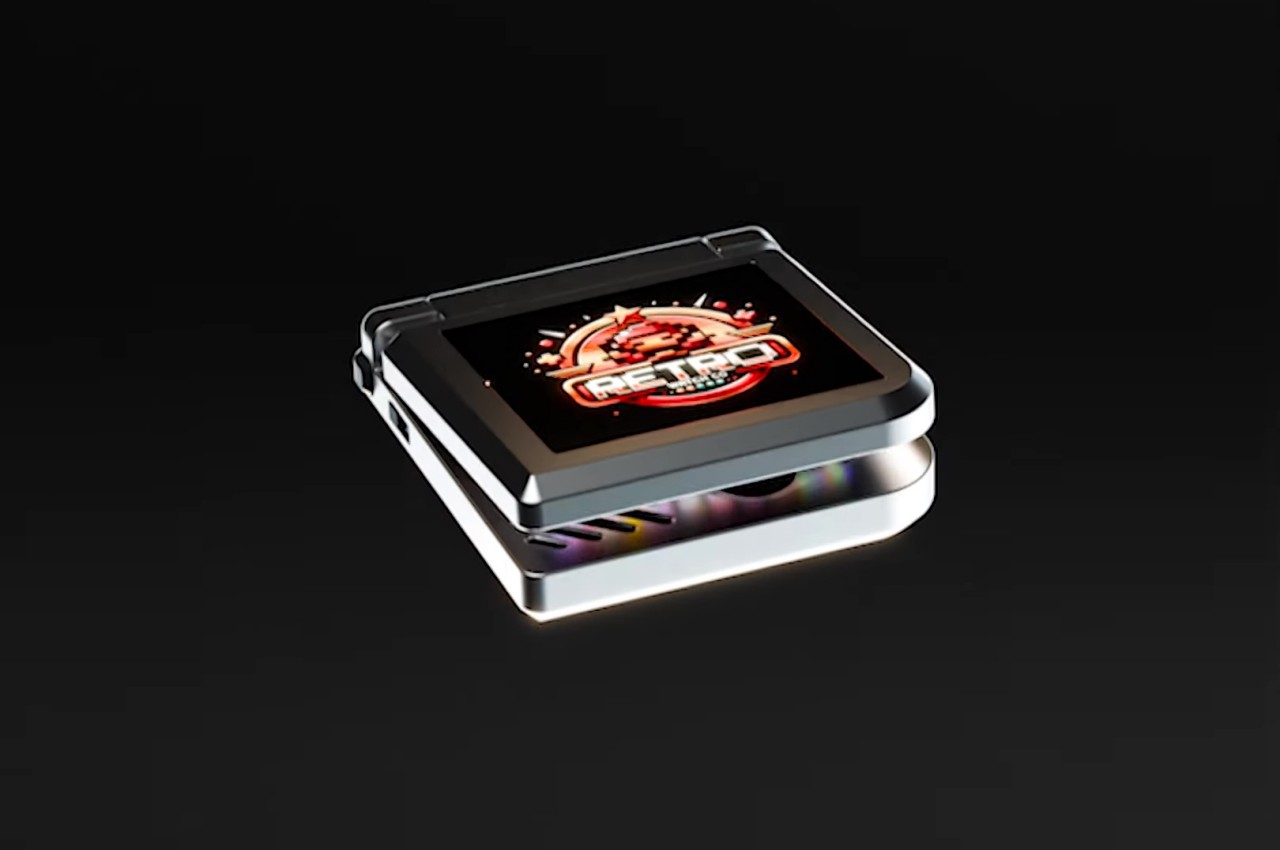
The watch changes its tune the moment you detach it from its strap, unfolding to reveal a clamshell-style gaming device not unlike the Nintendo Game Boy SP. Given the existence of gaming devices smaller than this, it shouldn’t be a surprise that the Retro Gaming Watch can handle a few emulated games, at least the 8 to 16-bit titles that can fit in the device’s small memory. Where you get your emulated content, of course, is up to the reader’s ingenuity.
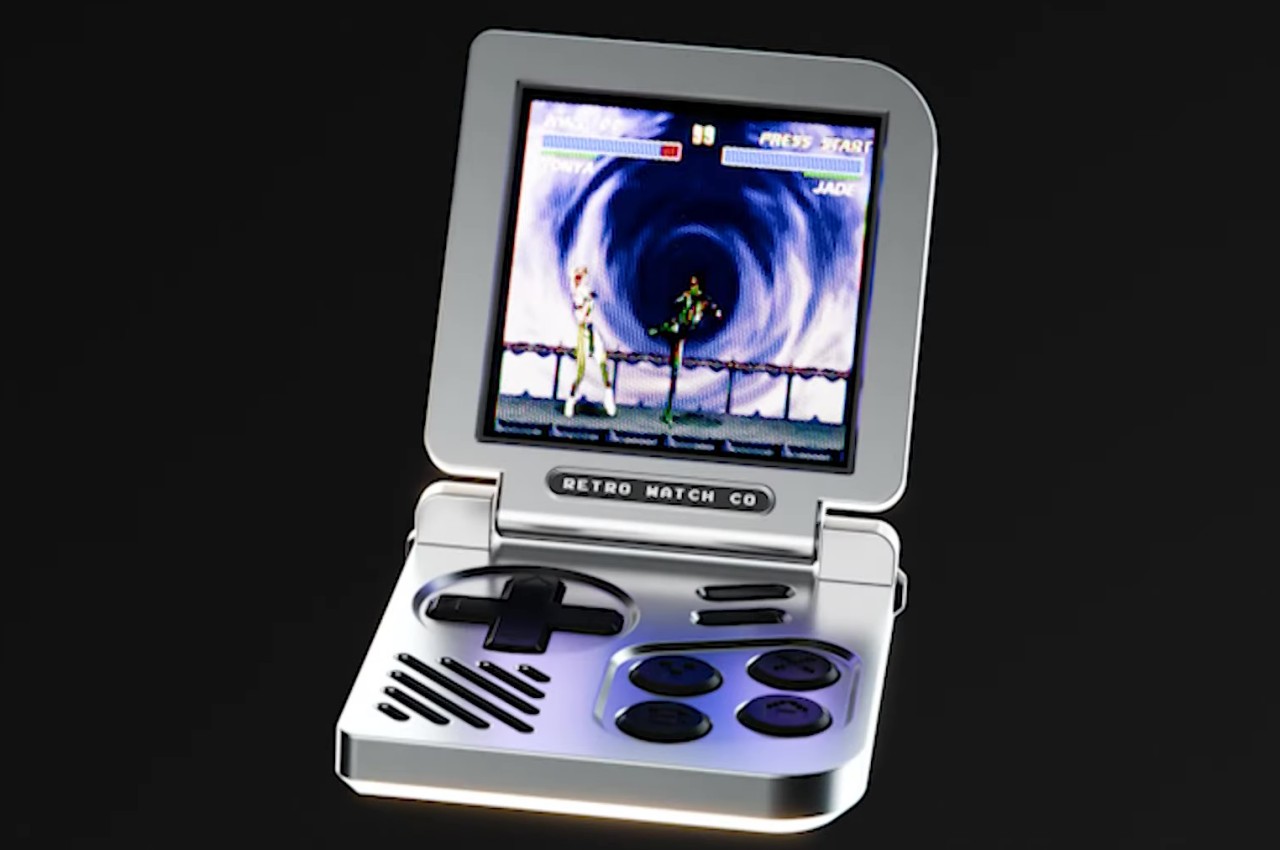
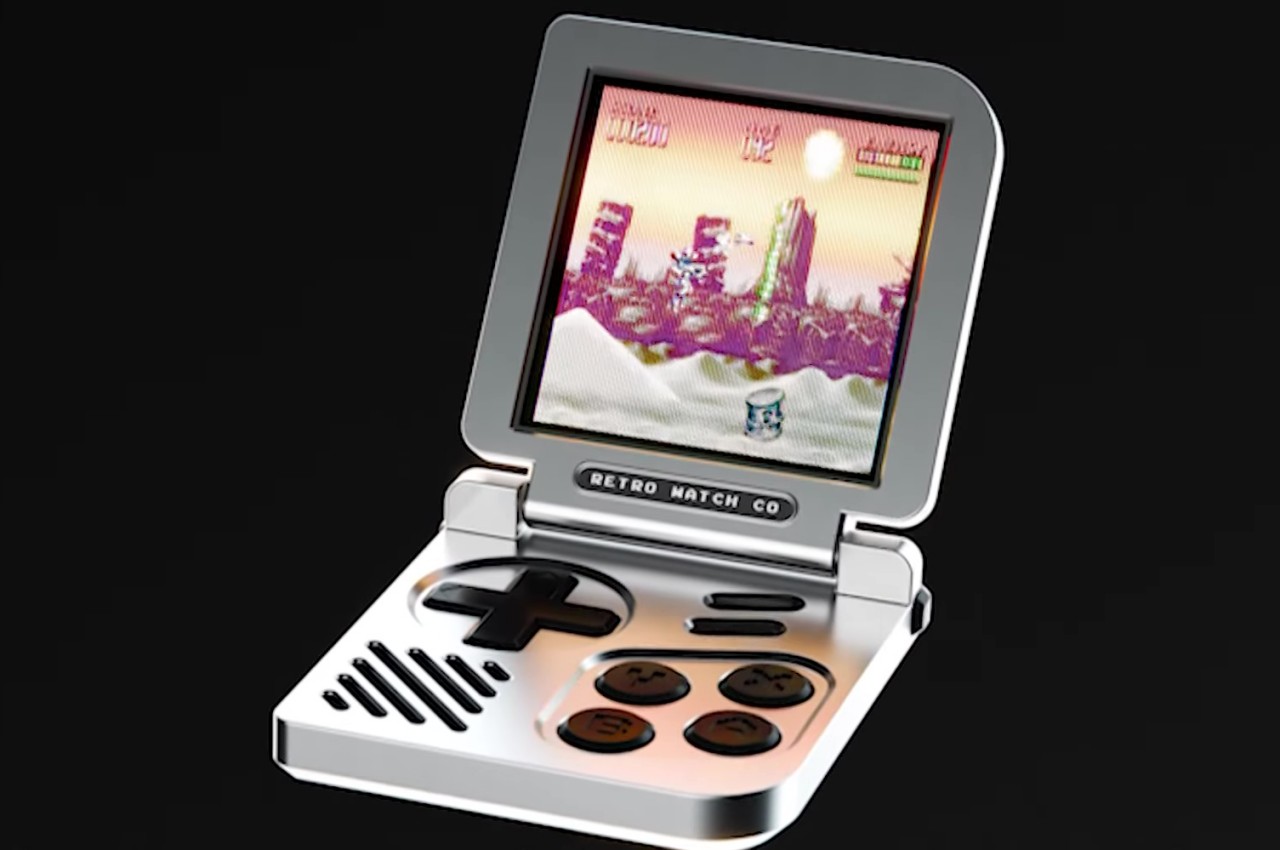
The Retro Gaming Watch is supposed to be a sort of counter-movement to the “Great Conformity” that is happening in a world filled with Apple Watches and its clones. It recalls a time when watches looked fun and could even be used as toys, at least for a younger crowd who wouldn’t be embarrassed wearing bulky and sometimes gaudy designs for everyone to see. Again, it’s not going to offer the best gaming experience, presuming it even becomes an actual product, but it has that novel character and rebellious spirit that’s going to tickle the fancy of many gamers, even if they’re just gonna wear it for show.
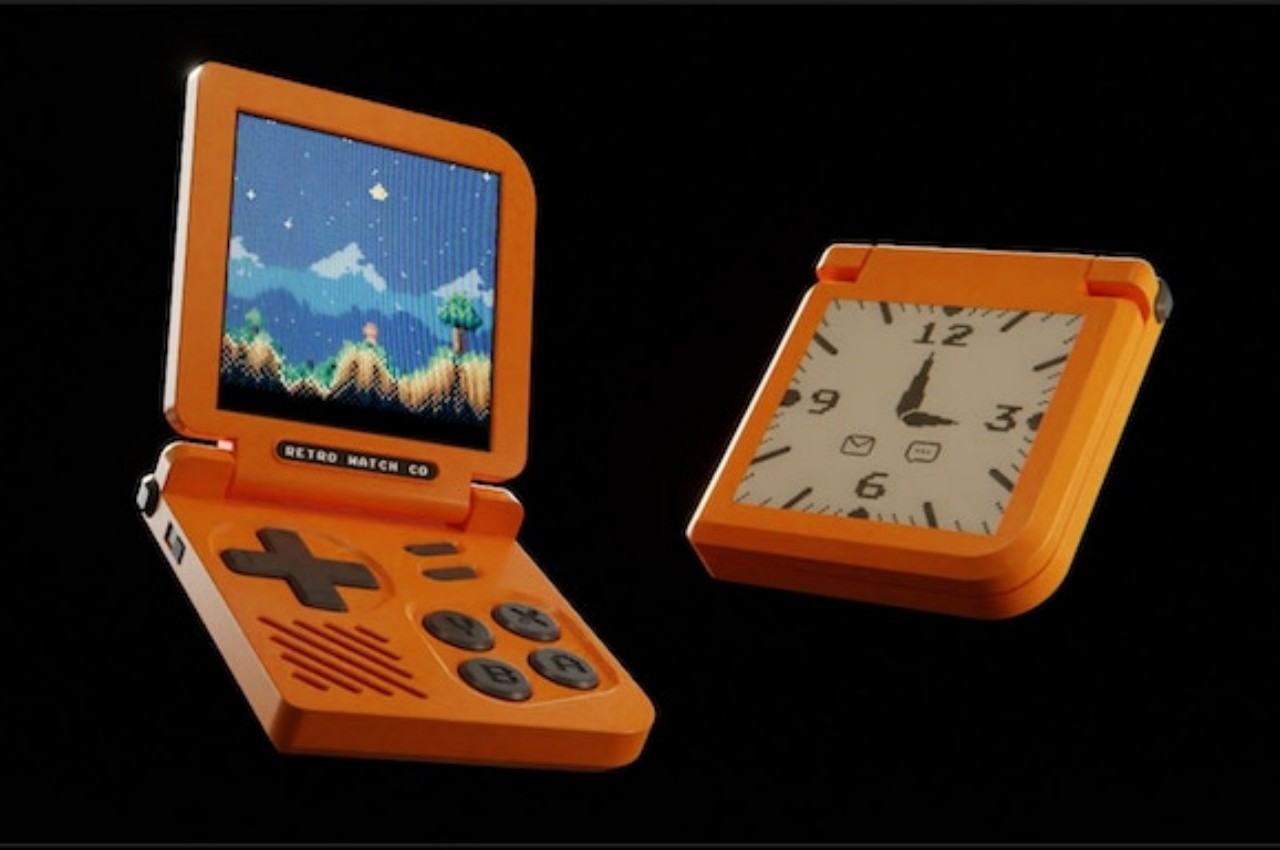
The post Retro Gaming Watch puts a tiny handheld on your wrist, also tells the time first appeared on Yanko Design.
